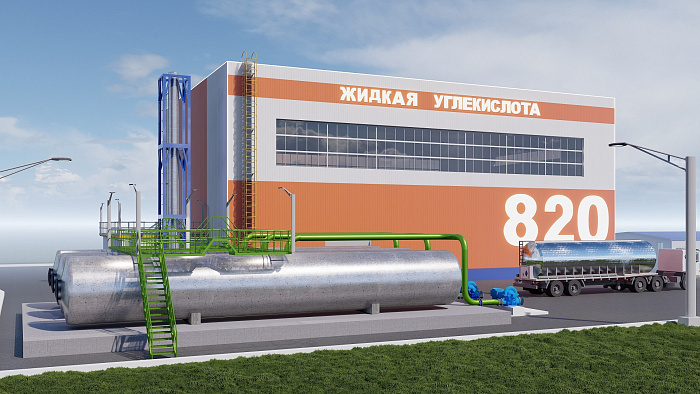1 Gruzovaya St., Kemerovo, Russia 650021
© 2007–2025 by Azot Group AO
Historical Background of Azot KAO
/
/
Historical Background of Azot KAO
/
Table of contents
1945
Decision to start construction of NKHK
Decision to start construction of NKHK. The USSR Council of People’s Commissars made a decision to start construction of Novo-Kemerovsky Chemical Works under the Order No. 676 dated April 5.
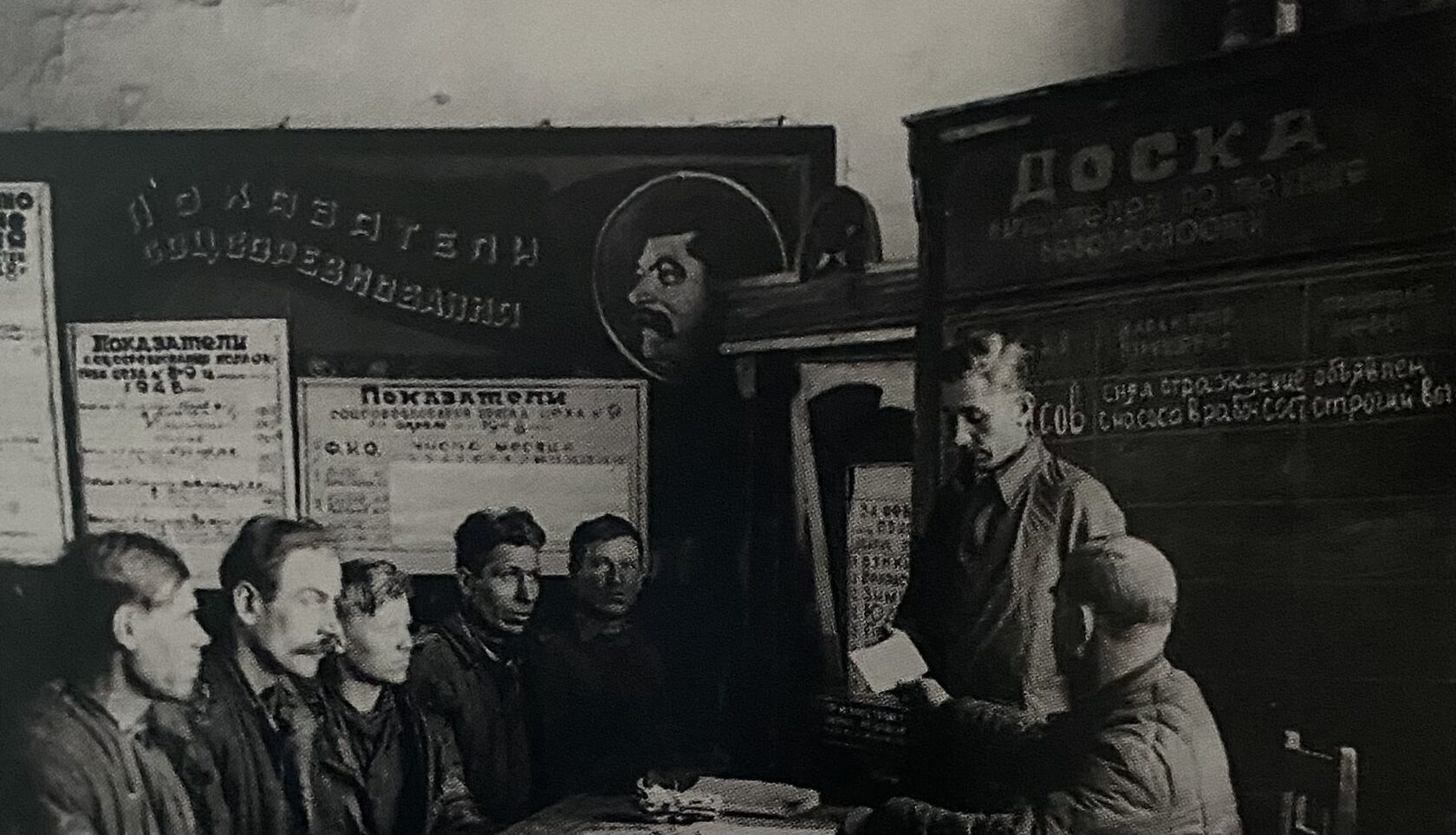
Decision to start construction of NKHK
In October, the Decree of the Council of Ministers No. 3533 is issued: design specification for construction of Novo-Kemerovsky Chemical Works (NKHK). In accordance with the design specification, NKHK should start producing ammonia, nitric acid, ammonium nitrate, urea, and caprolactam from benzene. NKHK should supply mineral fertilizers to Siberia, Far East and partially Central Asia.
1947
Chemical works construction project specification
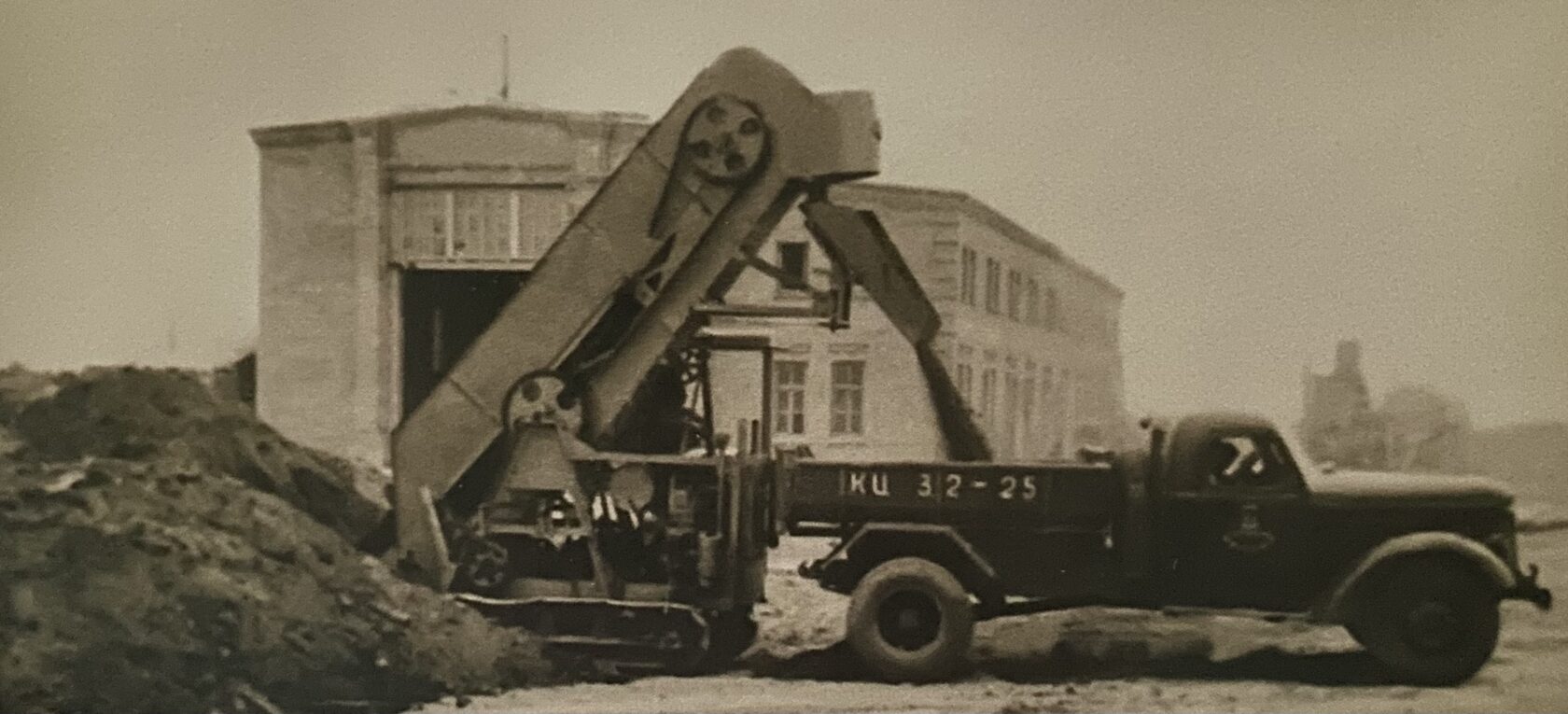
Chemical works construction project specification
In February, under the guidance of NKHK’s Chief Mechanical Engineer Viktor Frolov, Mechanical Repair Plant is created on the basis of construction site, the future Mechanical Repair Shop (Engineering Design Center of Azot KAO). The NKHK’s primary objectives included: repair and upgrade of equipment (most of machinery and mechanical equipment were supplied to the NKHK site under reparation program or as separate parts and assemblies with no instructions), preservation and storage of equipment before installation and start-up.
1949
Mechanical Repair Plant is created
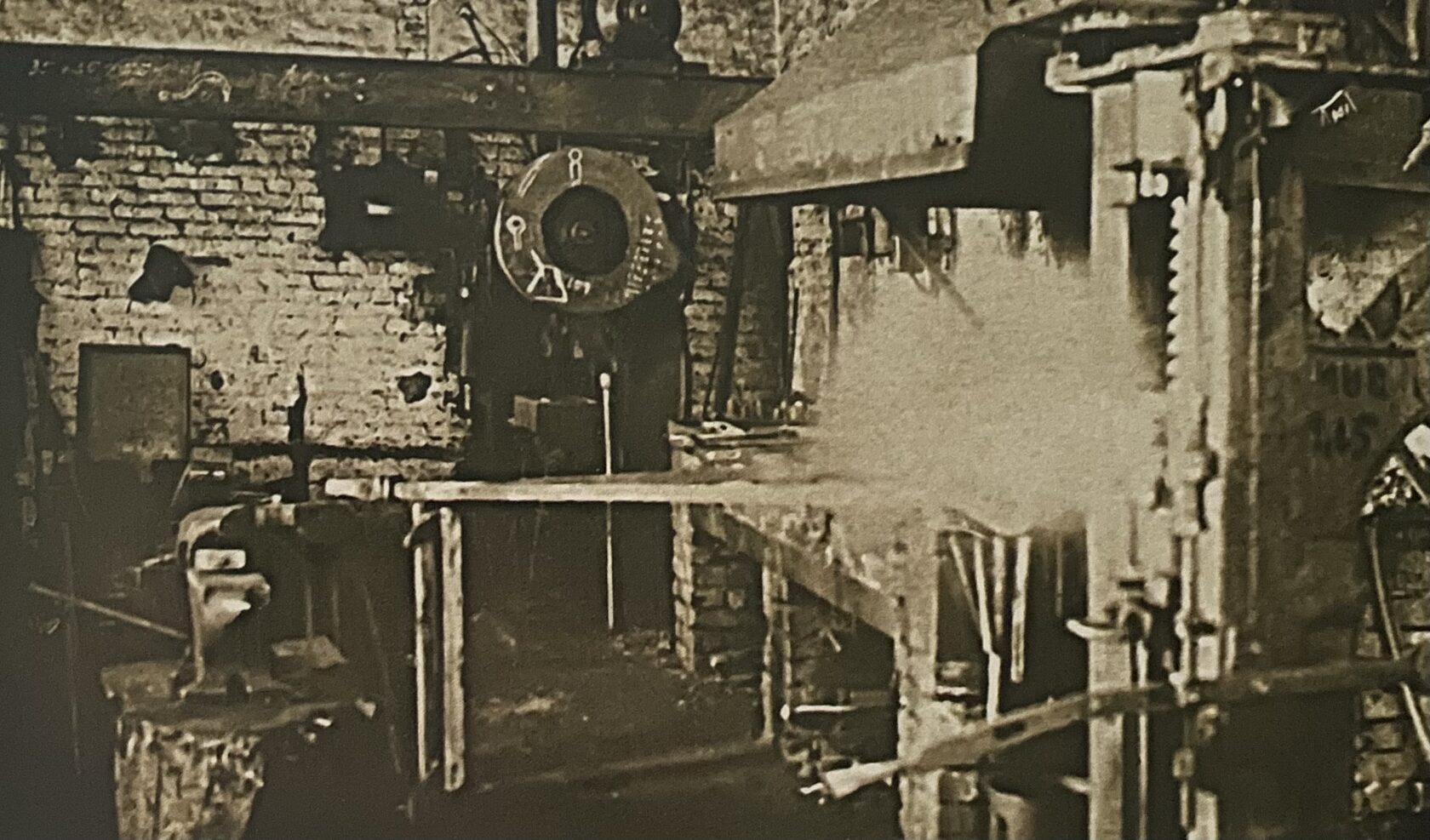
In 1950, the technical library, that was just opened at the NKHK, sends an order to Moscow for delivery of health and safety (industrial sanitary) graphic agitation posters. The established Health and Safety Department conducts supplementary health and safety briefings. In the last three months of 1950, 312 workers were instructed.
1950
Scientific and technical library is established
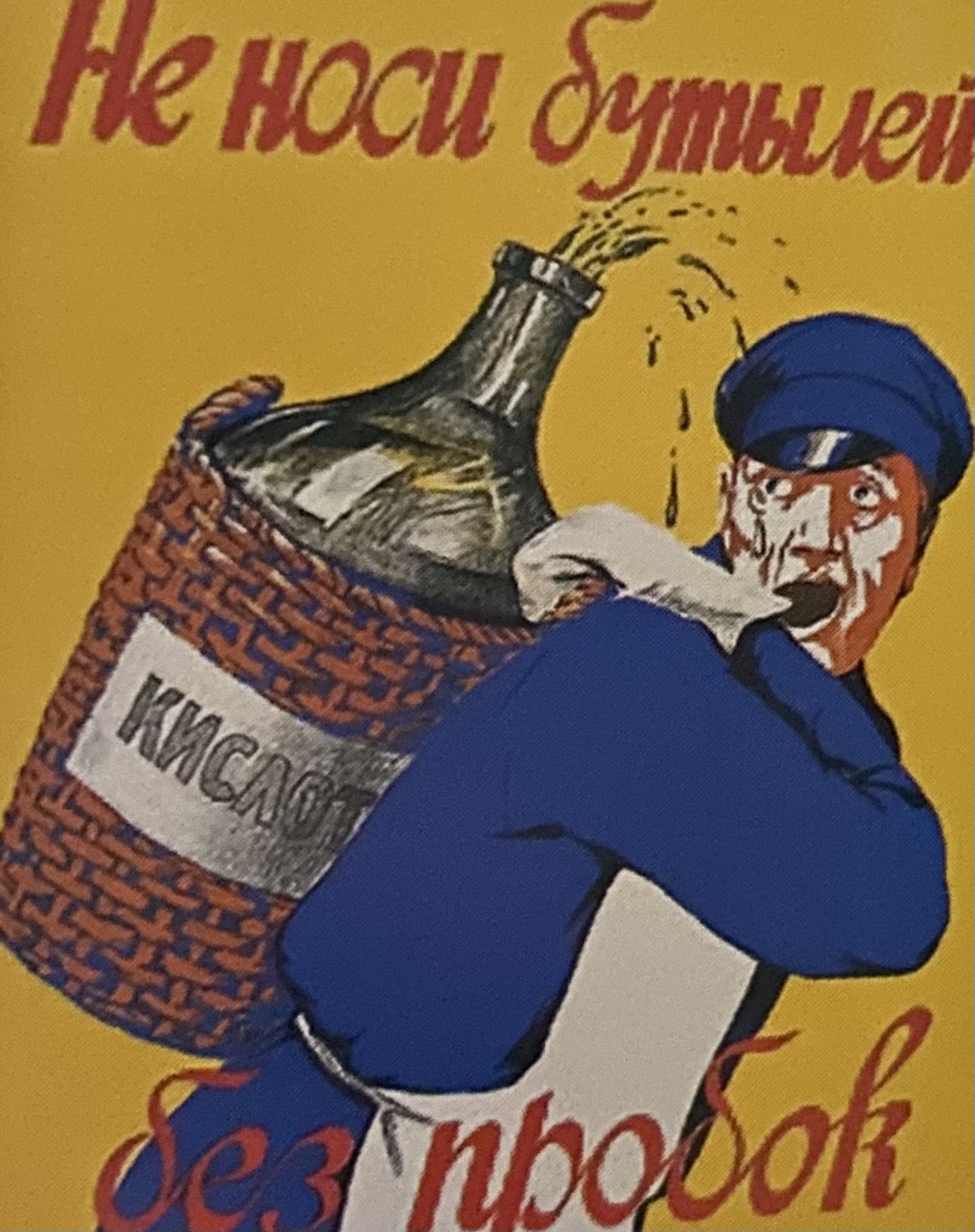
The NKHK’s first product was asymmetrical dimethylamine—a basic component of rocket oxidizer hydrazine (heptyl).
1956
First batch is produced—amines
Instrumentation Shop was established on December 30, 1956, on the basis of Instrumentation Team of the plant No. 638. N. P. Orekhov is appointed as the first Director. He immediately approved the Construction Schedule for the Instrumentation Shop that was put into operation in 1959.
The first chemical plant No. 6-38 released a target product—amines—on November 5, 1956, at 4:00 a.m. The first product release date has become a holiday in the history of Kemerovo Azot and is celebrated as Enterprise Day.
From 1958 to 1960 the following NKHK plants are put online:
- Nitric Acid Plant (plant No. 5),
- Ammonium Nitrate Plant (plant No. 3),
- Ammonia Plant,
- Methanol Plant.
1958
New production plants are launched
The first NKHK’s ammonia was produced from coke that was delivered from the Kemerovsky Coking Plant. Cost of this ammonia was 2.5 times higher than the average ammonia cost at the nearby Compound Nitrogen Fertilizer Plant (currently Khimprom), which will later predetermine switching of Azot to natural gas as primary raw material.
From 1960 to 1963, Grigory Abramovich Sister (future GIAP Director) was appointed as NKHK Director, who was later in 1963 substituted with Chief Engineer Nikolay Mikhaylovich Vdovin for three years.
1960
The first issue of the Za Bolshuyu Khimiyu newspaper
Office of the large-circulation NKHK’s newspaper Za Bolshuyu Khimiyu starts working—the first issue is released in January.
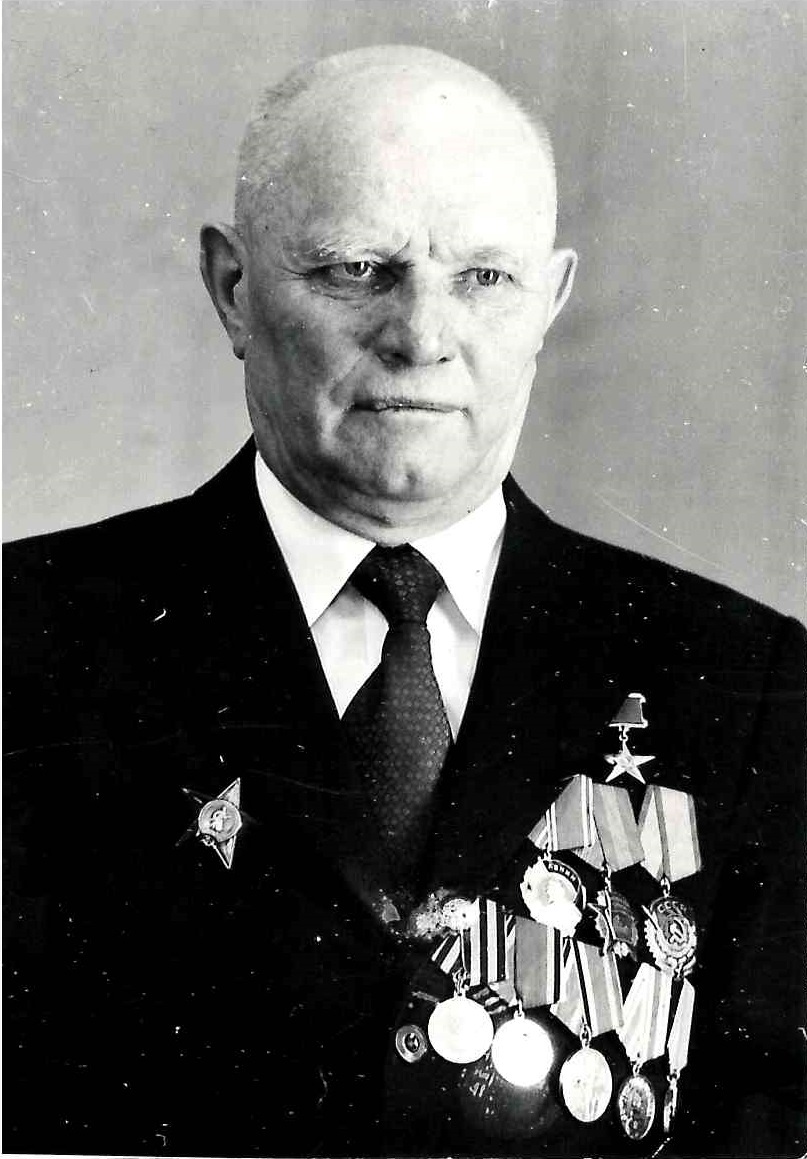
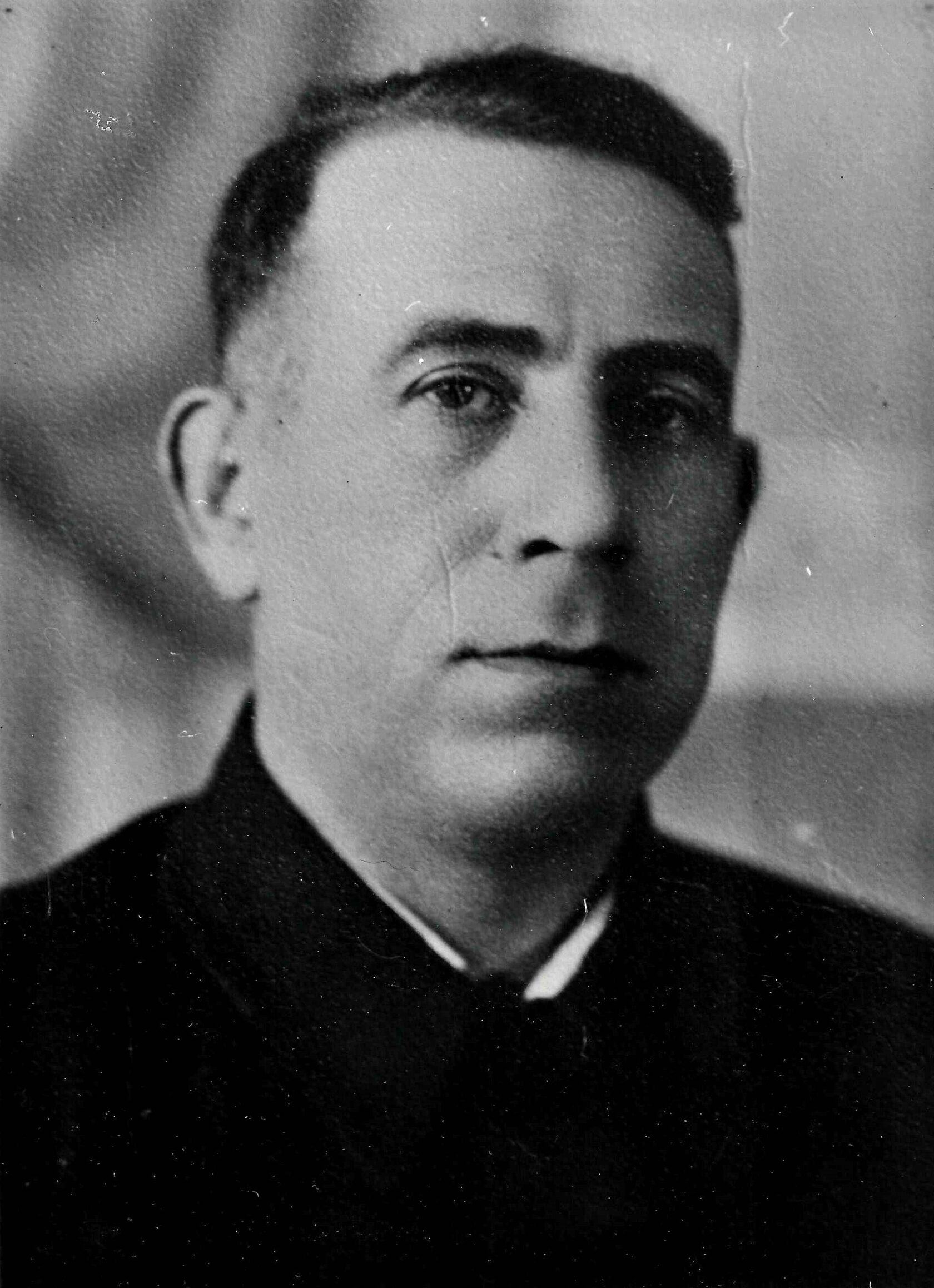
The first issue of the Za Bolshuyu Khimiyu newspaper
G. Sister
N. Vdovin
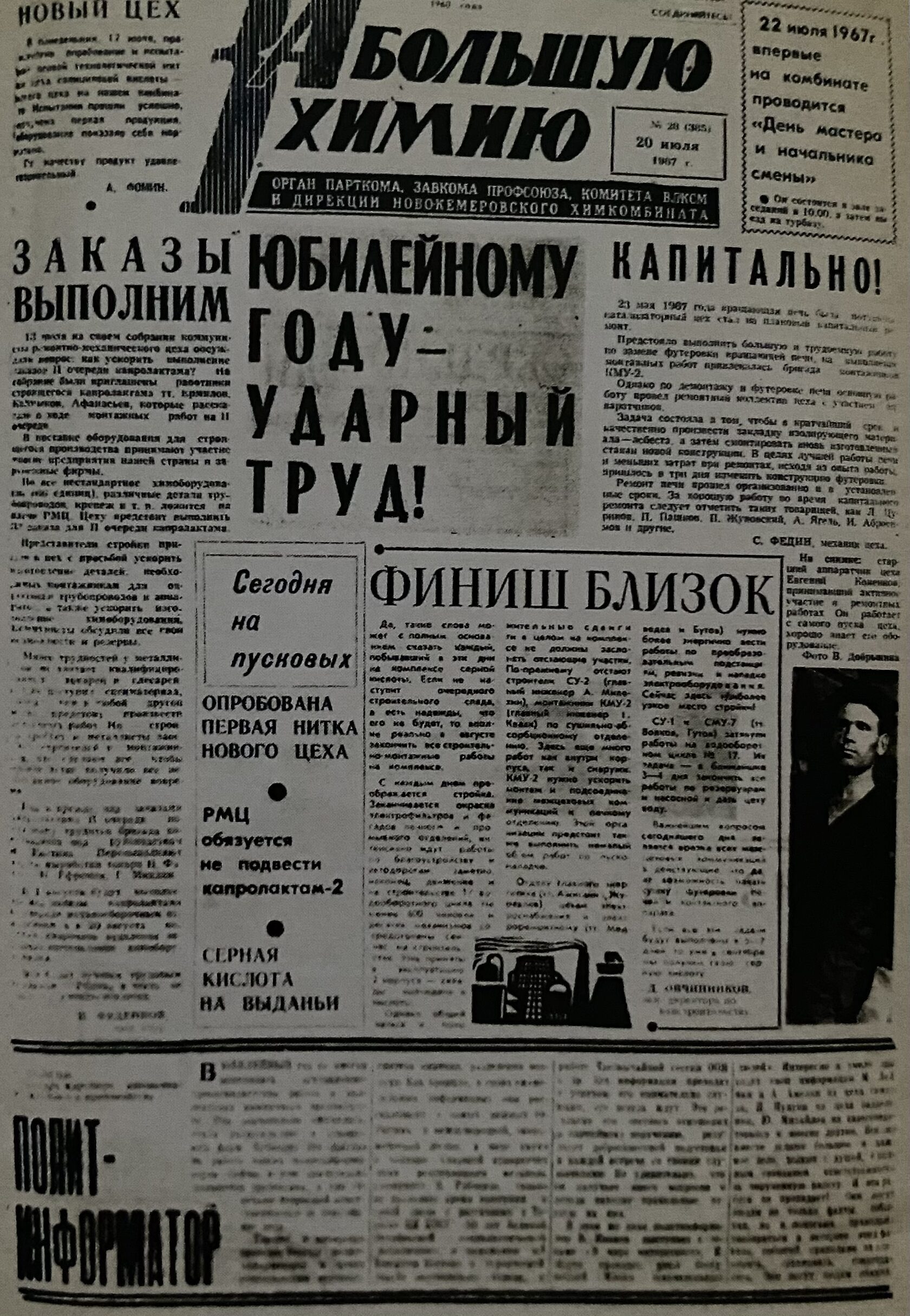
The first Caprolactam Plant is constructed that had some deviations from the project specification. The raw material for the plant was aniline instead of benzene. The short production process for valuable caprolactam that can be used for synthetic threads was started on June 2, 1962. A patent for production of caprolactam from aniline was purchased from Zimmer, Germany.
1962
Caprolactam Plant is launched
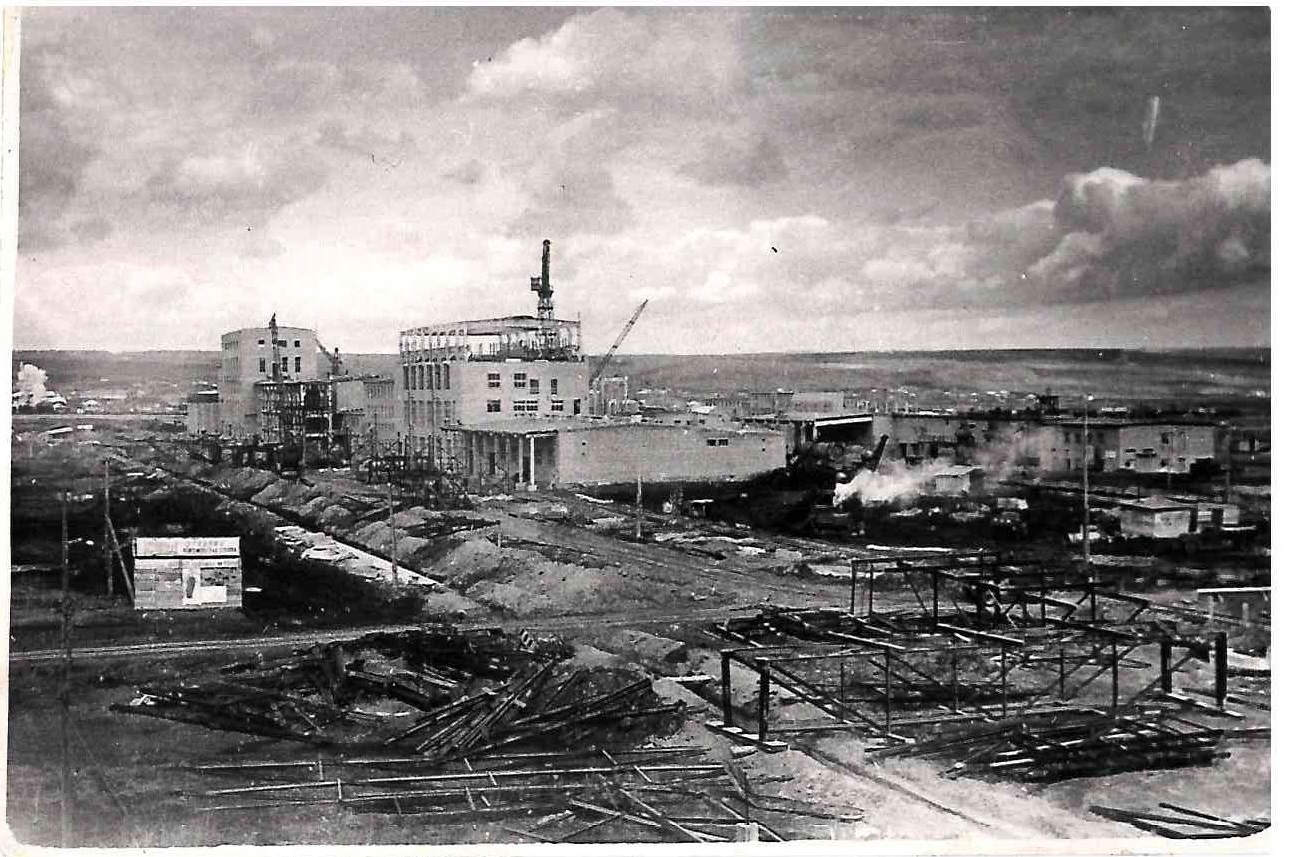
Crystalline Urea Plant is constructed. However, the Urea Plant was shut down in 1975, since ammonia output was calculated incorrectly and raw material was insufficient for production of both saltpeter and urea.
1964
Construction of Urea Plant
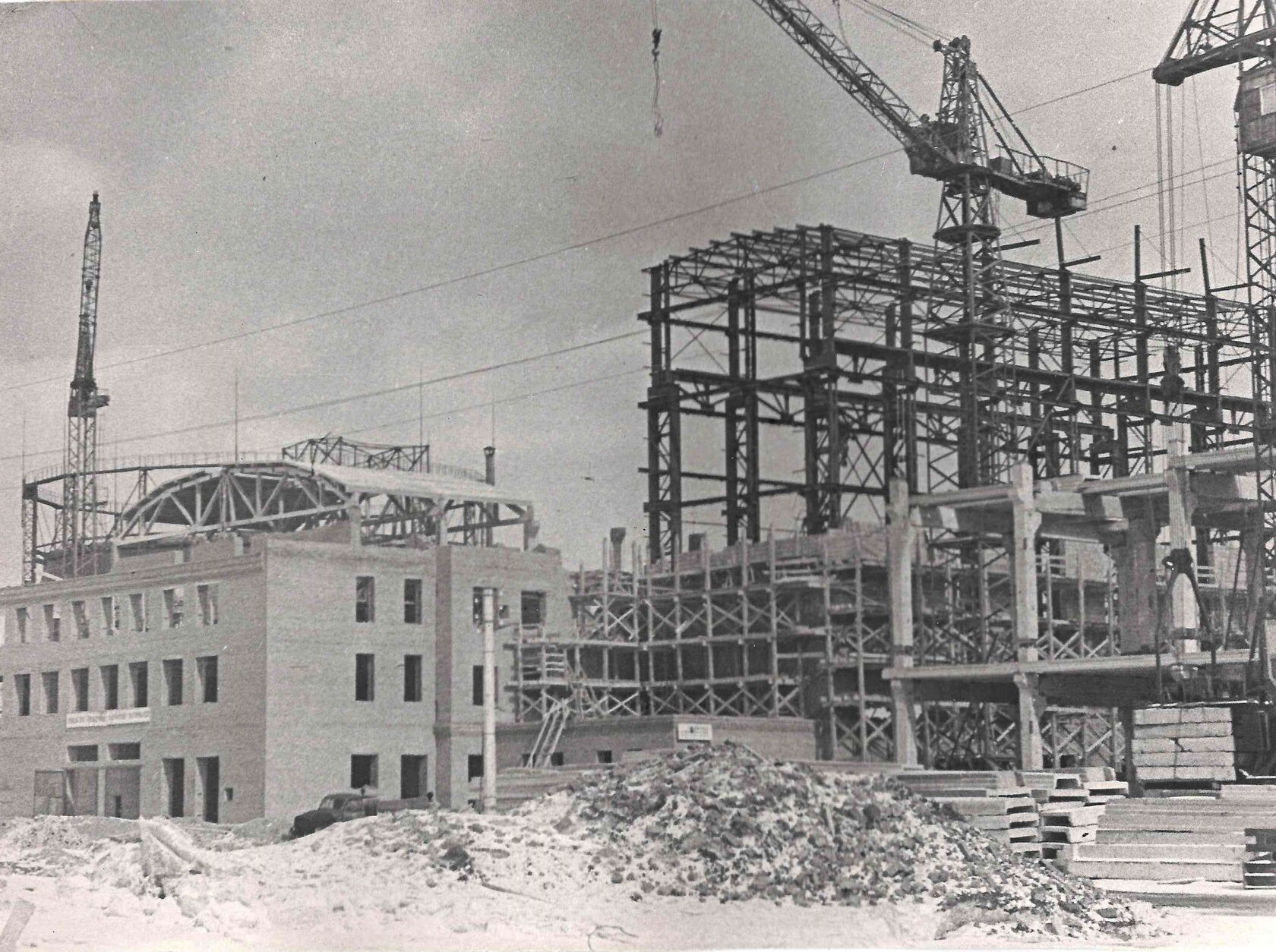
Diaphen is produced.
The Caprolactam Plant 2 is constructed. This time, a benzene (simplest hydrocarbon ether produced from coal or oil) based process was selected.
1968
Construction of Caprolactam Plant 2
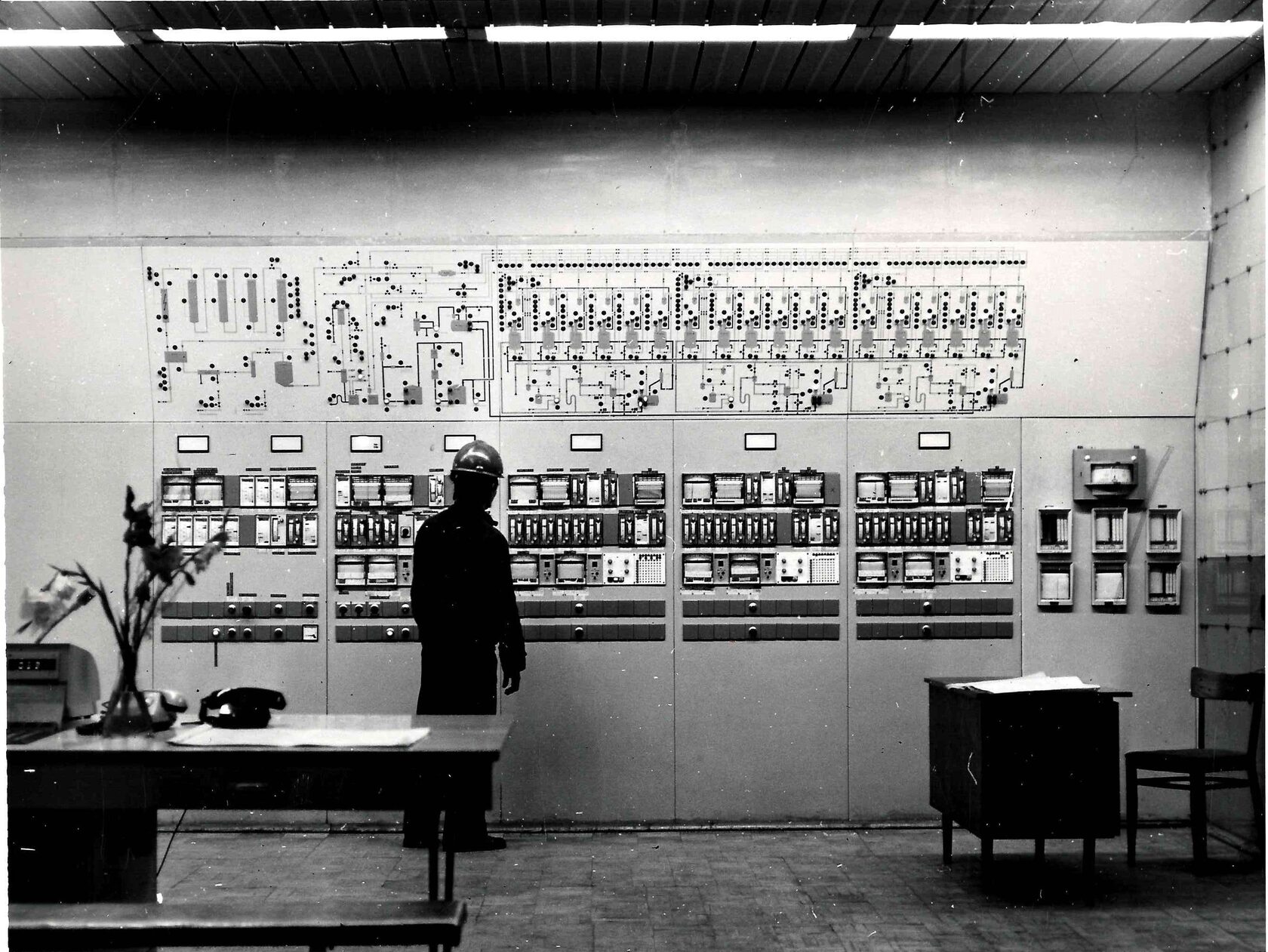
The first sulfenamide batch is produced.
1969
Sulfenamide is produced
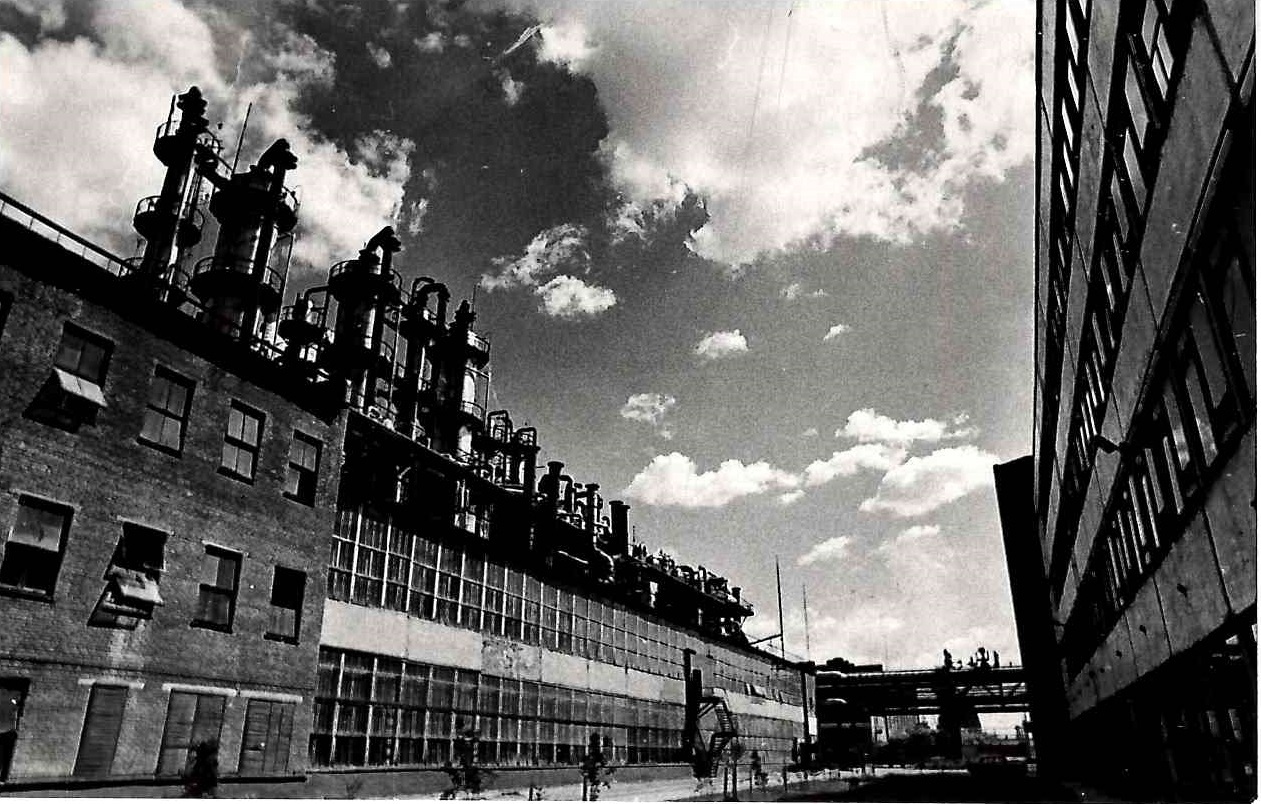
Azot 2 substation was put into operation.
1971
Pilot Plant is established
The first issue of the Khimik radio newspaper got on the air. For over 30 years, broadcasting had been prepared by Radio Editor Ya. I. Gurskaya. V. O. Chusovikina was honored by ministry certificate for many years of work at Azot Media Editors Office.
Establishment of the plant was dictated by the necessity to arrange production of phosphated cation exchanger KFP-12 based on absolutely different process. In connection with start-up of and familiarization with Diaphen FP process purchased in Japan, pilot units were created the same year at the plant for stage-by-stage optimization of the Diaphen FP process and production of pilot batches.
First tons of commercial products were produced by Ammonium Sulfate Plant 3.
Construction of 50 KTPA Caprolactam Plant 3, where Dutch specialists were involved, is completed. Biological treatment plants are put into service (NOPSV-3—neutralization and treatment of industrial waste water) at the Caprolactam Plant 3.
1972
Construction of Caprolactam 3 is completed
First batches of the Belizna bleacher—household chemical product—are produced by the Chemicals Plant.
1974
First batches of the Belizna bleacher
KPO Azot Young Specialist Council is formed and first scientific research conference for young specialists is conducted. The same year, Shift Foreman and Supervisor Council is formed.
In January, plant No. 4 managed to produce pure nitric acid.
1975
Pure nitric acid is produced
In September, in order to unify USSR nitric industry, the Novo-Kemerovsky Chemical Works are renamed to Azot Industrial Association.
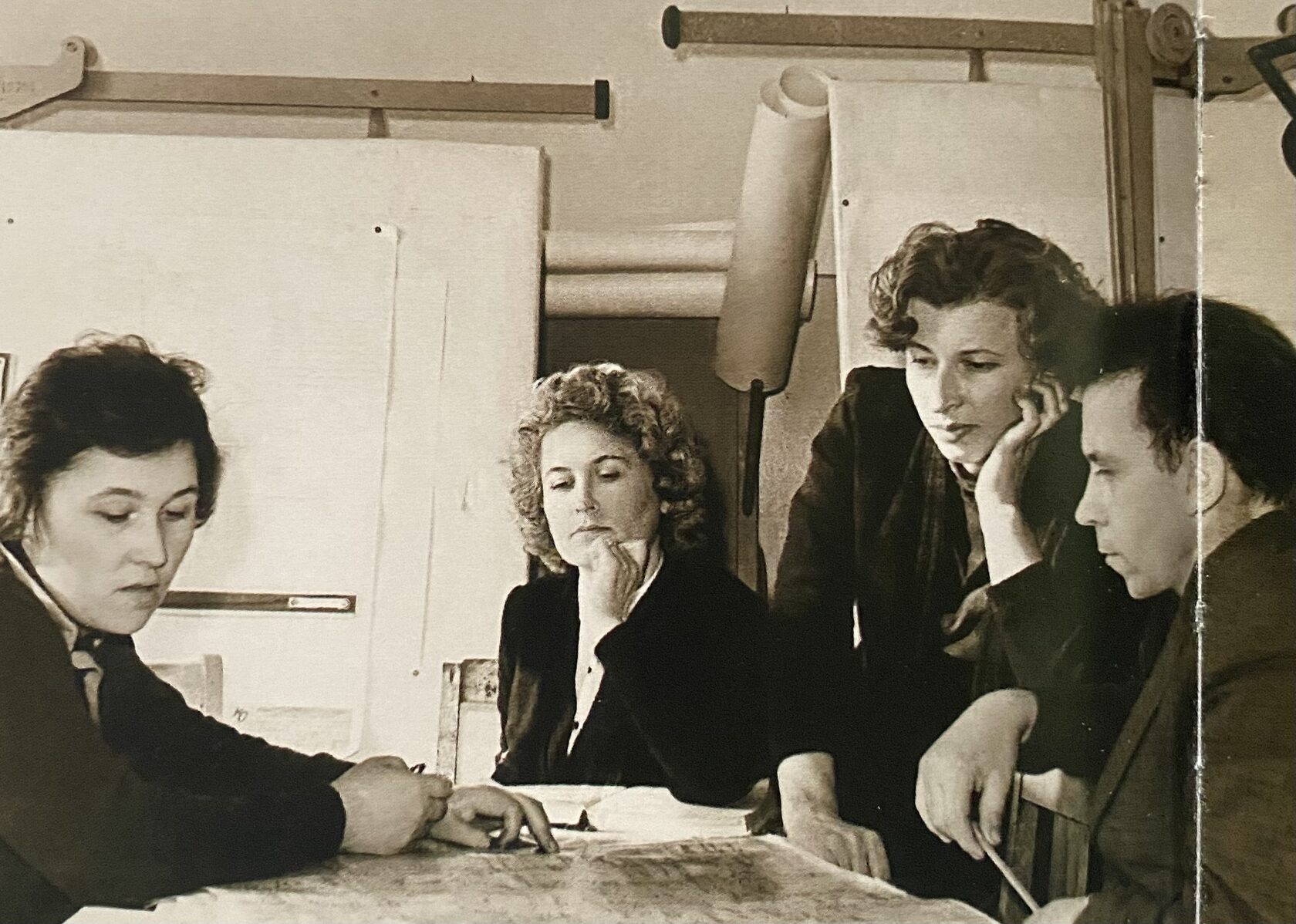
Under the Enterprise Order No. 461 K, Ammonia Plant 1 was created on February 20.
1976
Ammonia Plant 1 is built
Number of Azot’s personnel reaches 10,572.
Natural gas from Samotlor is delivered on May 17.
Air compressor is started up on September 14. Natural gas flare is ignited.
Training center (Staff Training Center) starts functioning. Based on the decision of the panel of USSR Chemical Industry Ministry, the enterprise is awarded a title Strong Production Culture Enterprise.
Interview with Nikolay Mikhaylovich Vdovin, PO Azot Chief Engineer (1963–1966), Ph.D. in Technical Sciences, Honored Worker of RSFSR chemical industry, Hero of Socialist Labor, Honorary Freedom of Kemerovo.
1977
Interview with Chief Engineer N. M. Vdovin
Construction works aimed to increase capacity of the Capralactam Plant 3 by 10 KTPA are completed. Thus, annual production output increases to 60 KTPA.
Plant No. 31 had been solving the issue of supplying treated water to the enterprise plants through production of chemically treated and deaerated water.
1978
Plant No. 31 is launched
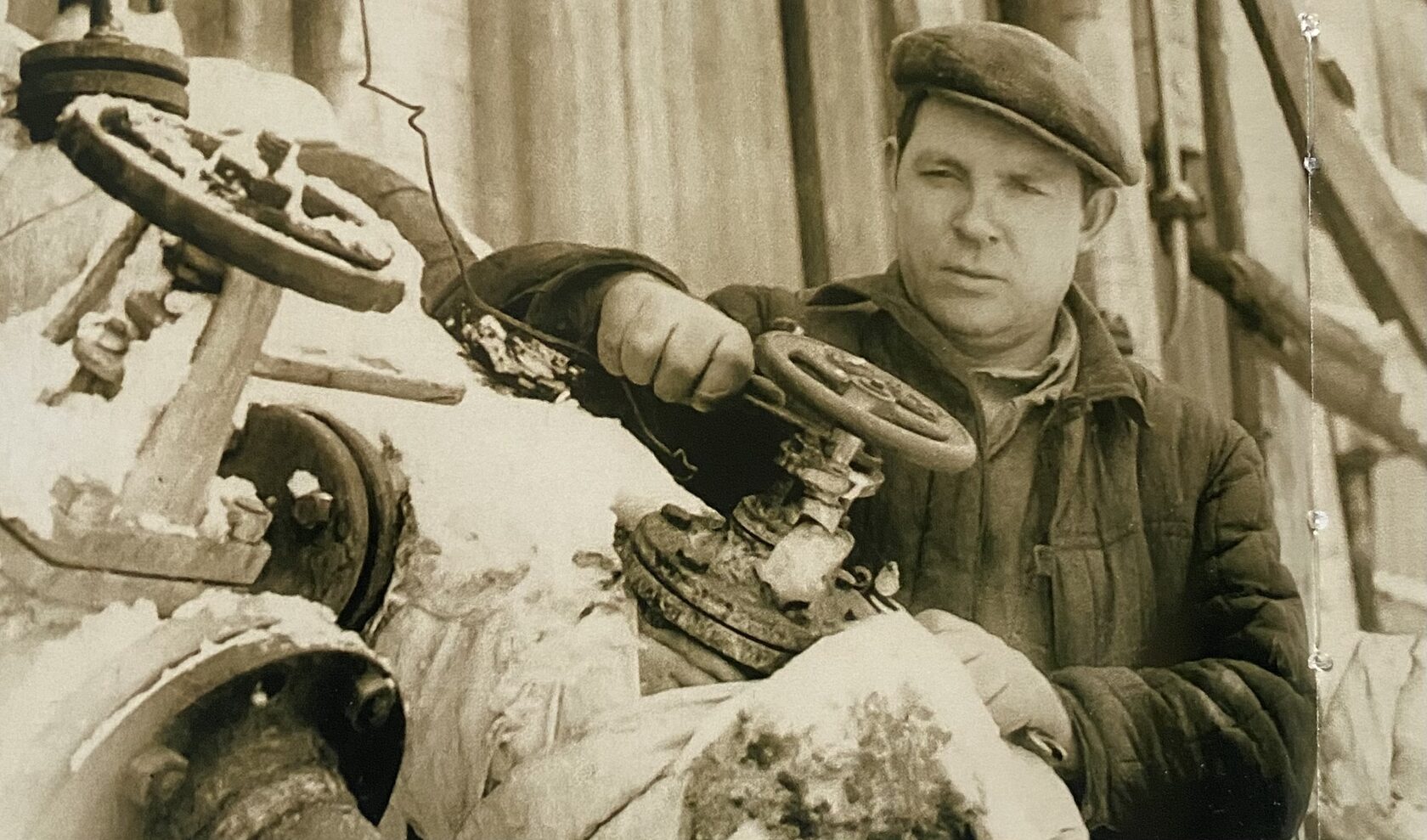
In February, new Hydroxylamine Sulfate (HAS) Plant starts production based on direct synthesis process.
In March, 1st level (water intake) pump station is put into service at Tom River.
In May, natural gas is delivered to the complex of large capacity ammonia unit under construction.
In June, Azot 3 substation is put into operation.
On March 30, the first large capacity ammonia unit beyond Urals—Ammonia 1—that can produce 1,360 TPD ammonia from natural gas is put into operation. This event was celebrated by the entire Kuzbass. The new plant has outperformed the old plant 2 times in terms of ammonia supplied to plant’s network.
1979
First ammonia batch from Ammonia Unit 1
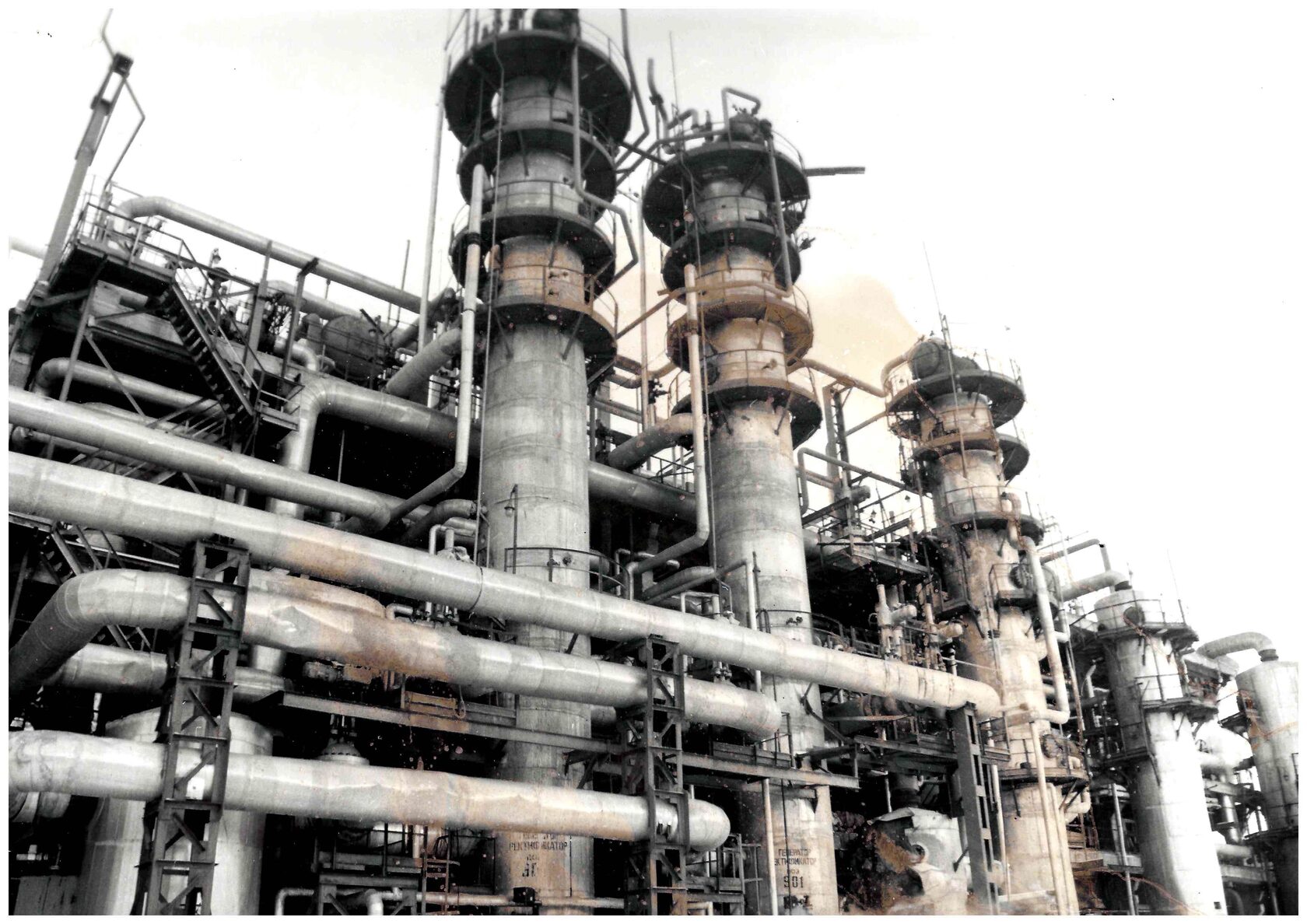
1980
Large capacity ammonium nitrate unit is put into operation
First large capacity Ammonium Nitrate Unit is put into operation in the plant No. 13.
Weak Nitric Acid Plant No. 15 is launched.
Production of process aqueous ammonia is started at the plant No. 9.
Retrofitting of Sulfuric Acid Plant is completed. The first products are produced by the new production facilities. New 25 KTPA production facilities are put online at the Caprolactam Plants 1 and 2.
1981
Retrofitting of Sulfuric Acid Plant is completed
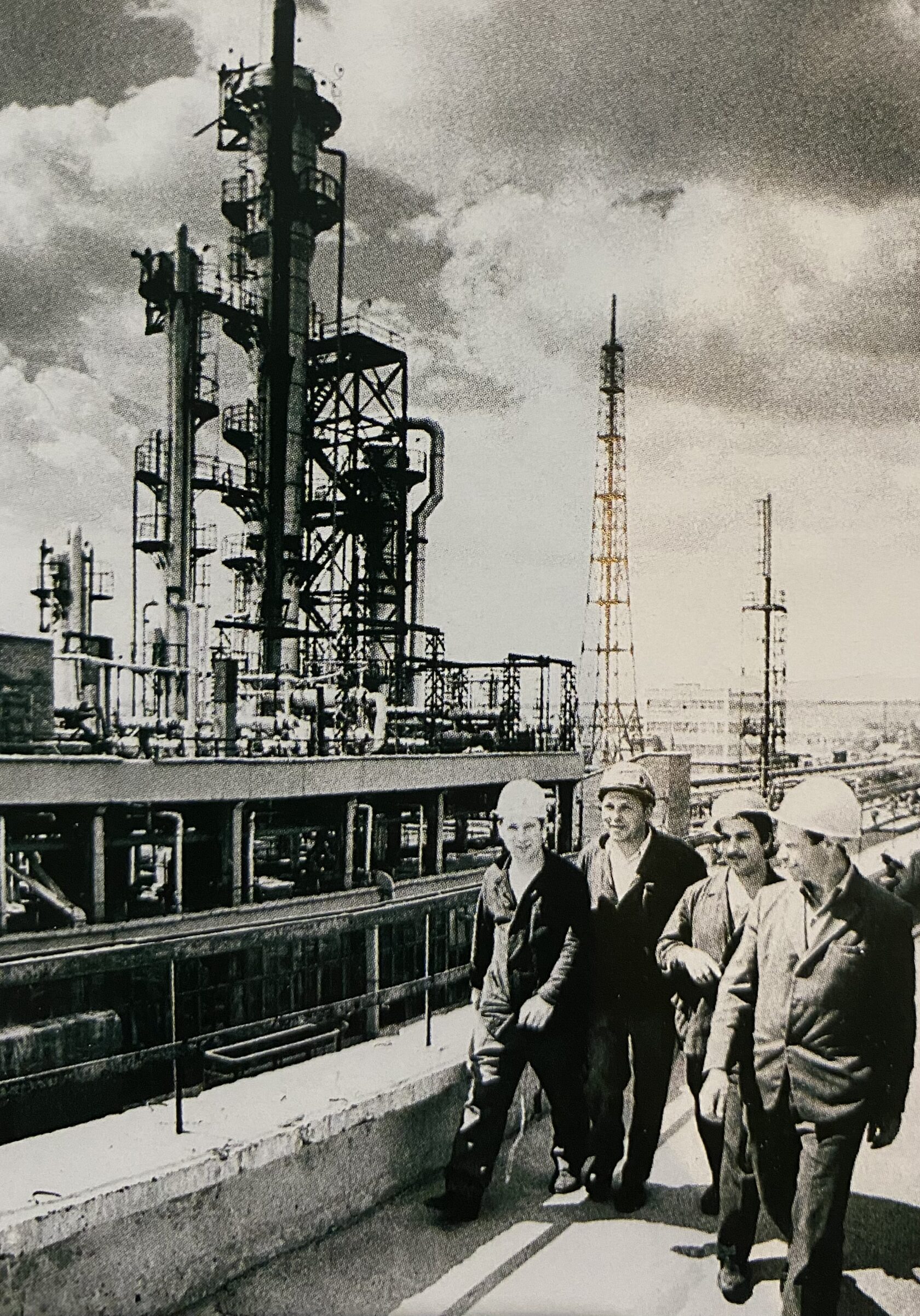
On September 5, first granular urea is produced by the large capacity unit constructed in accordance with the cutting-edge Italian design.
1982
First granular urea is produced
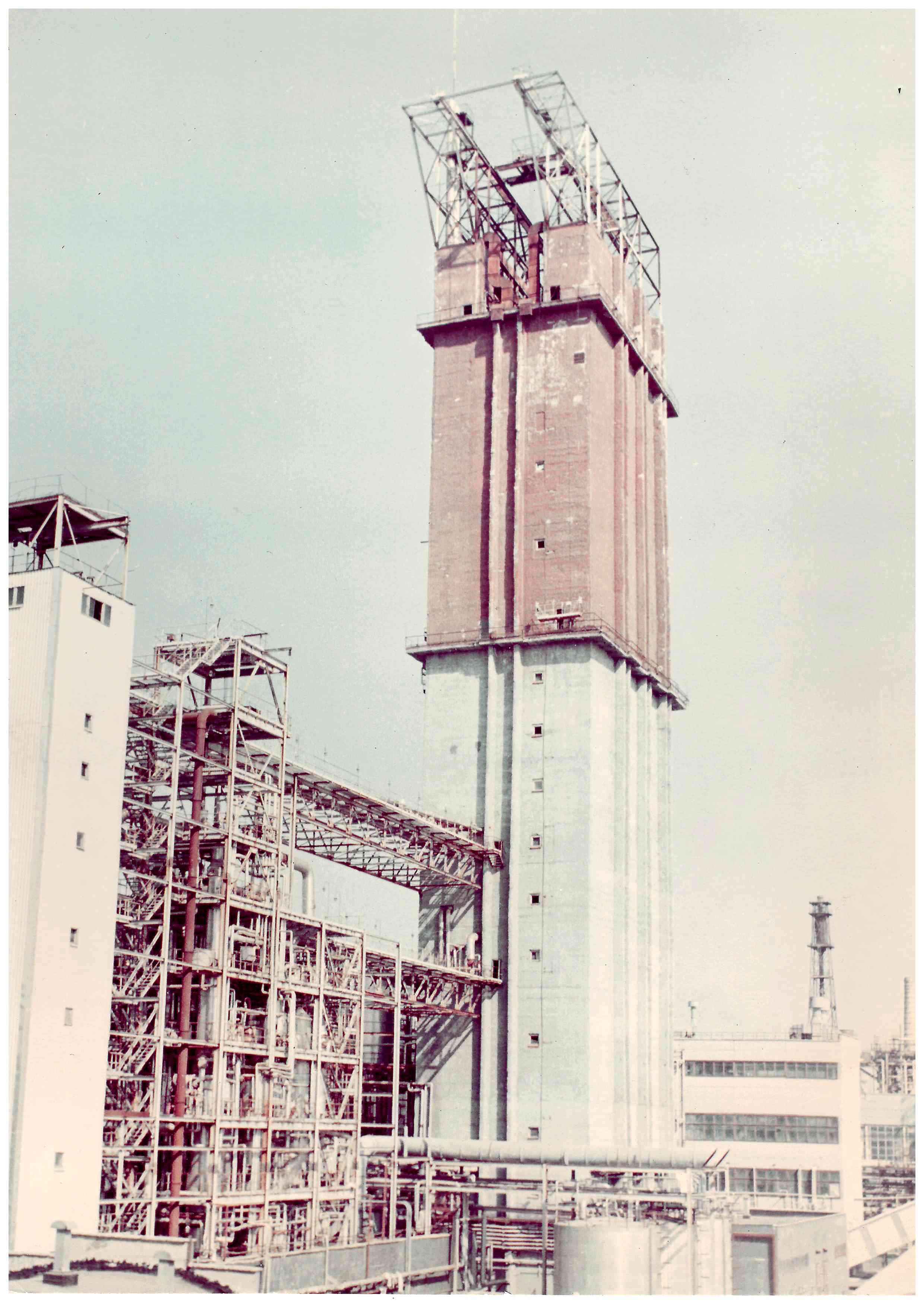
Centralized repair workshop No. 1 (CCR-1) is created.
The large capacity Ammonia Unit 2 and the second Nitric Acid Unit is put into operation. Ammonia Unit 2 has reached 80 percent of design capacity by the end of the third quarter, while 55 percent was scheduled by Soyuzazot Association.
1984
Large capacity Ammonia Unit 2 is put in operation
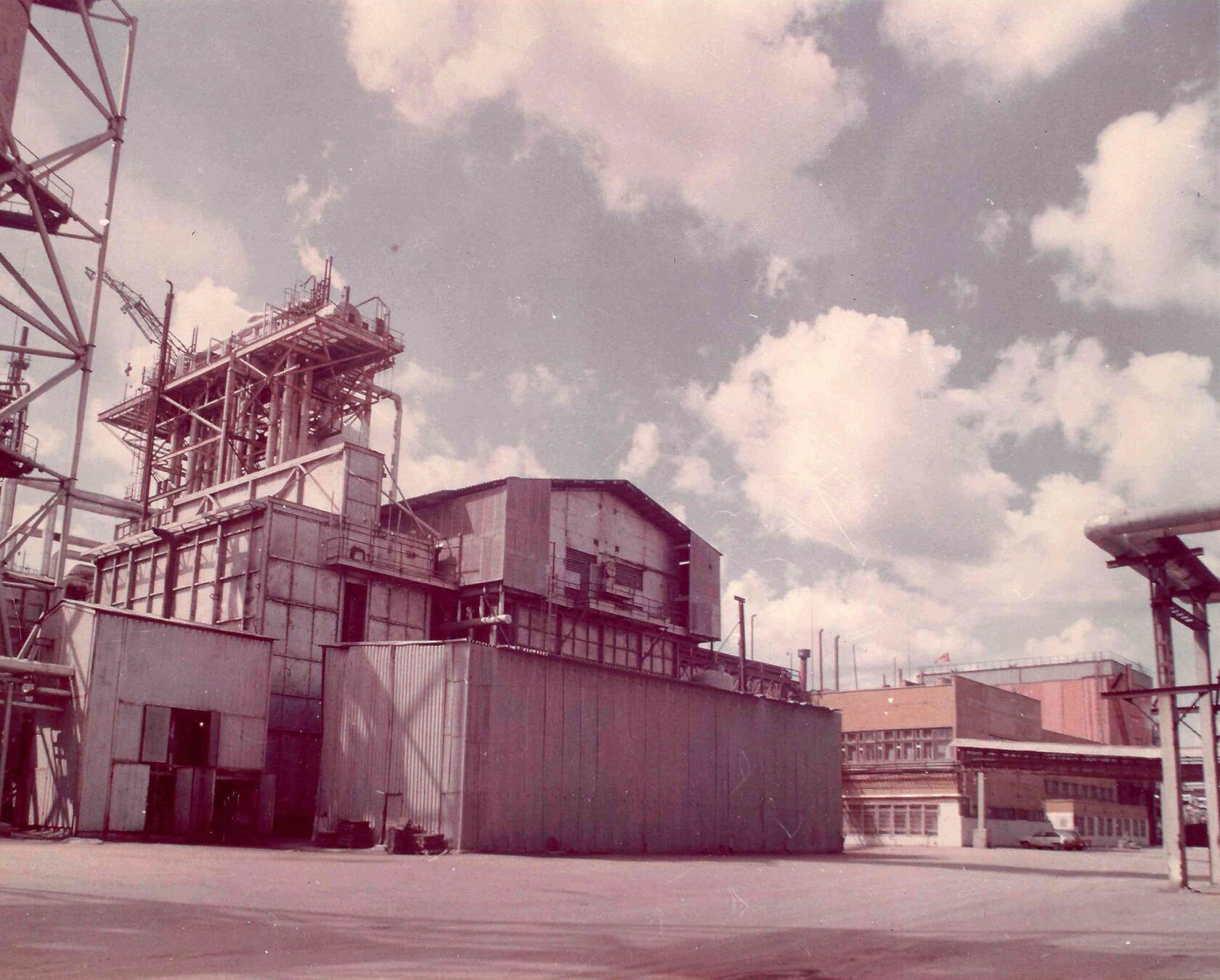
Large capacity Ammonia Unit 3 is put in operation. Tail gas incineration unit is started at the plant No. 7. Azot KPO Consumer Services Centre that includes stores, catering service, tailor shop, barbershop, and shoe-repair shop is opened.
1987
Large capacity Ammonia Unit 3 is put in operation
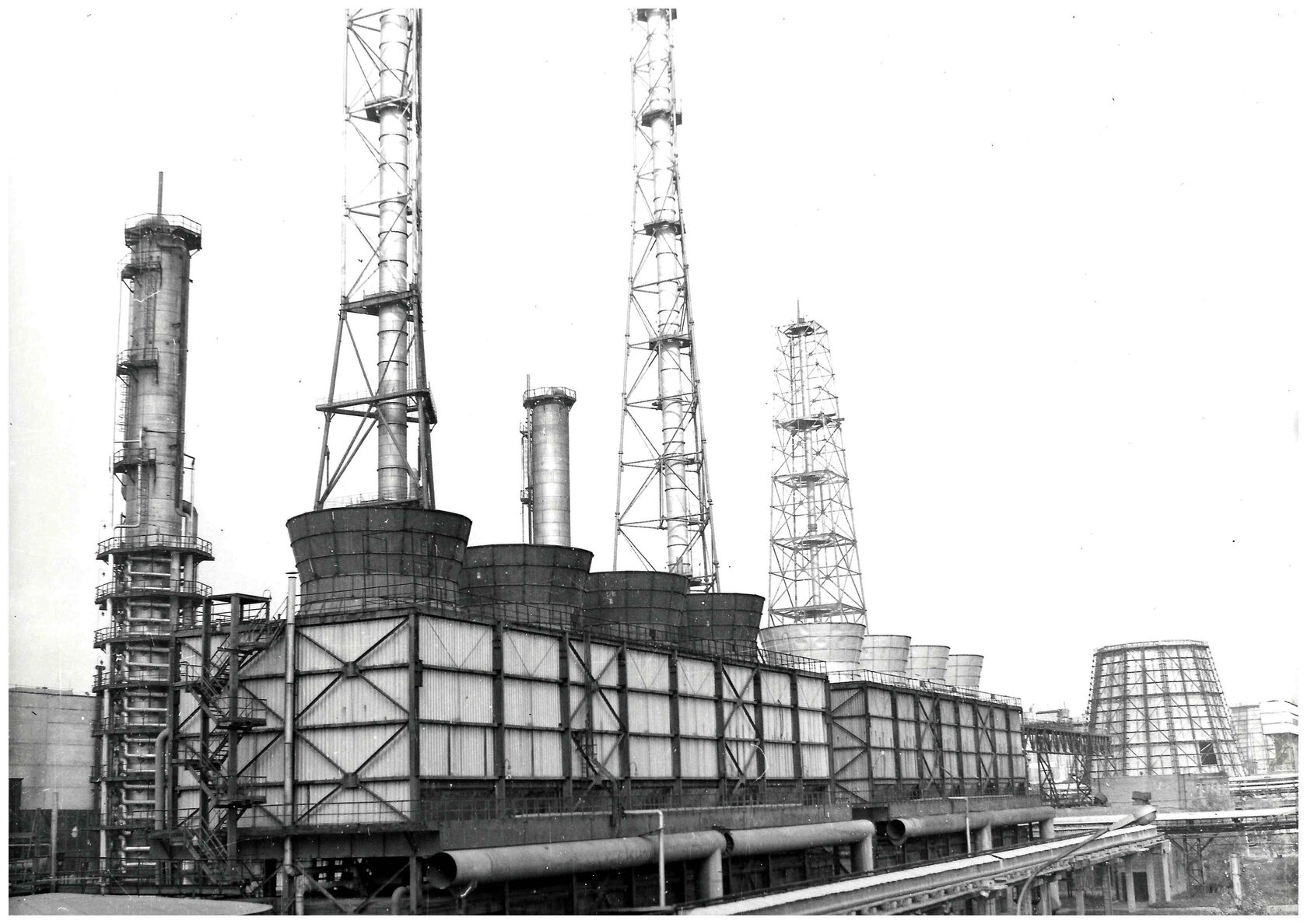
Concentrated ammonium nitrate solution section is put in operation in the building No. 751.
1989
Concentrated ammonium nitrate solution is produced
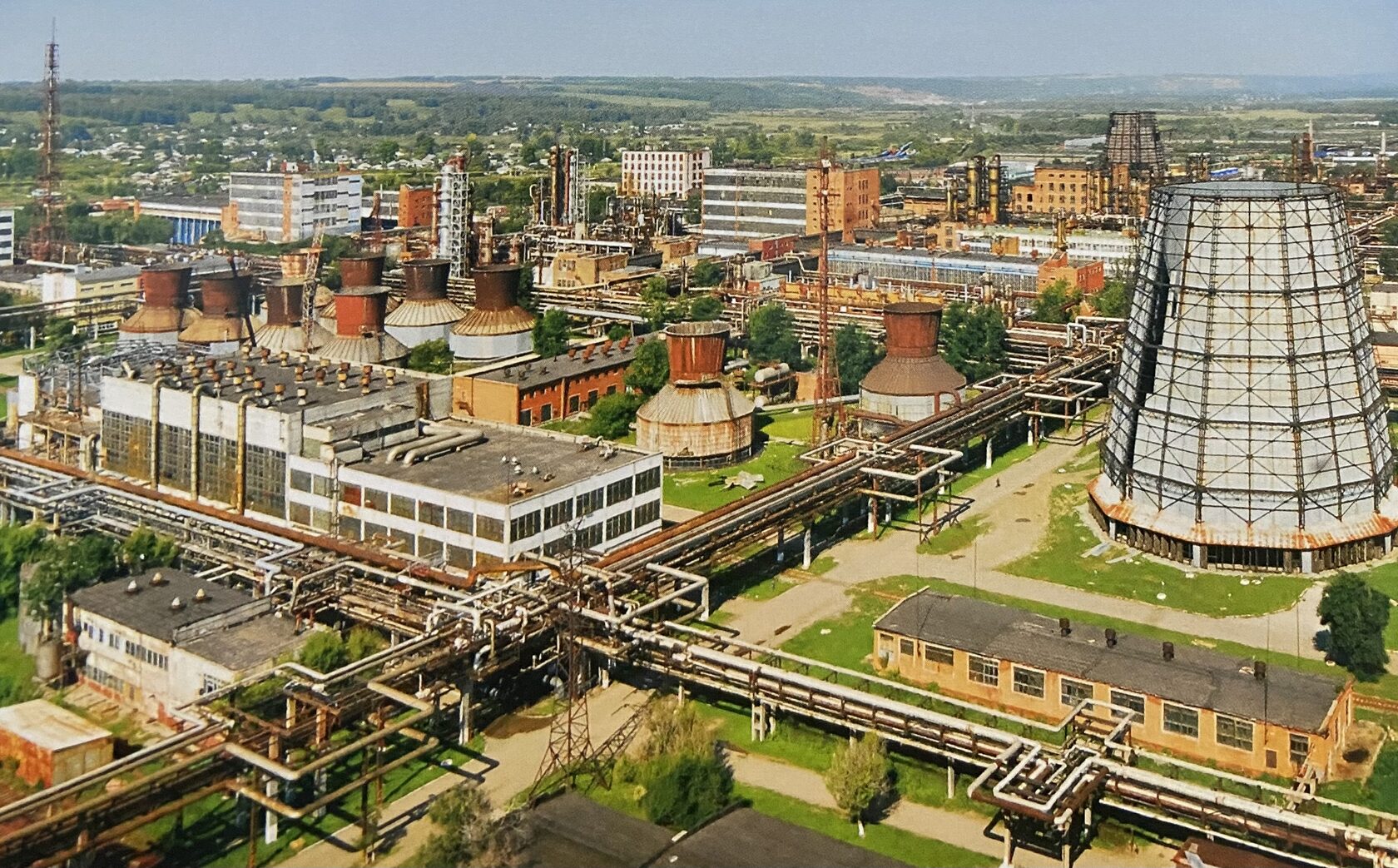
New Belizna bleach filling line is launched at the Chemicals Plant.
The first product batch is produced by the polymer container plant.
Foreign Economic Relations Department of the enterprise is formed.
1991
Foreign Economic Relations Department is formed
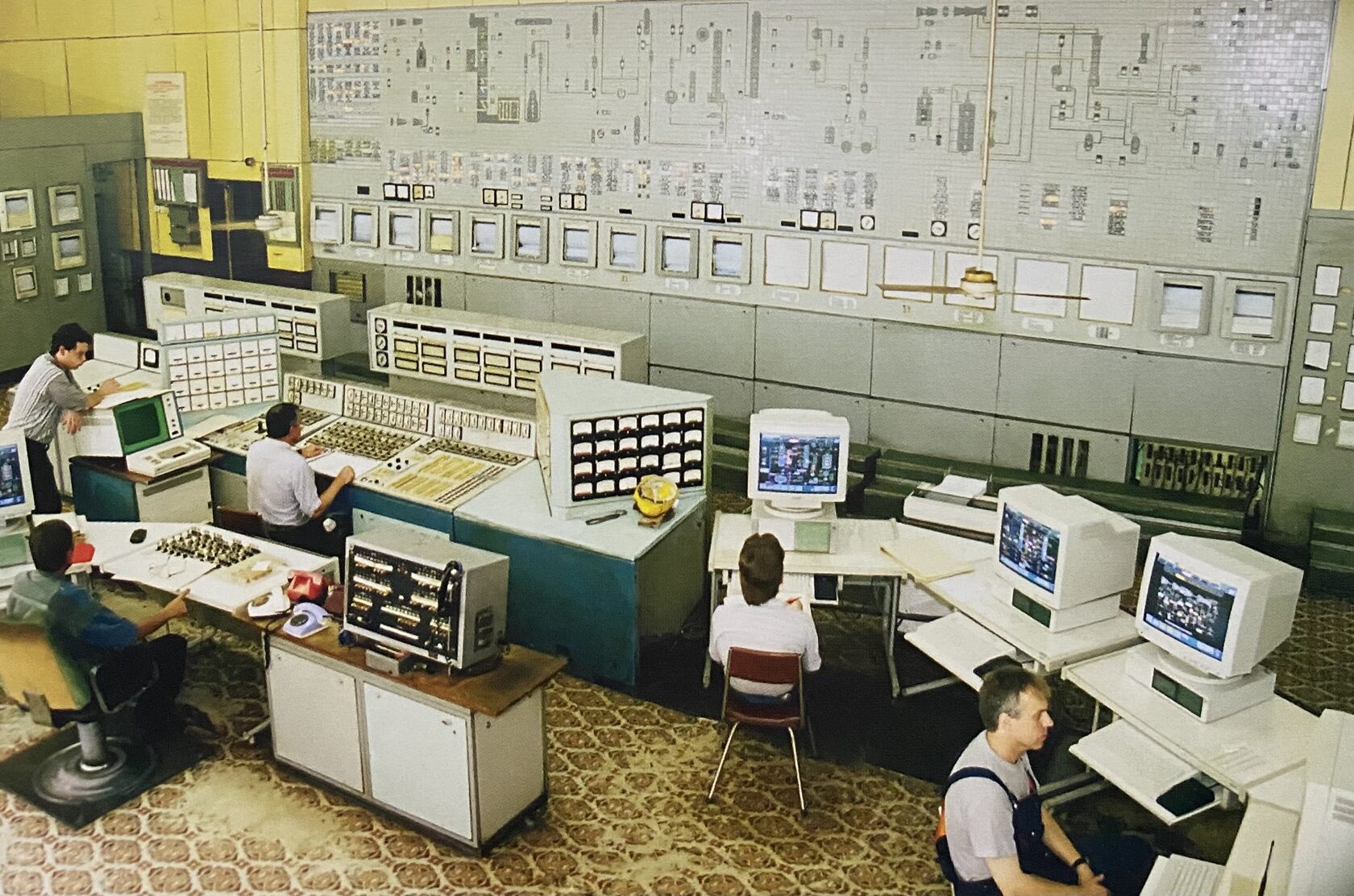
Granular urea packing unit is put in operation at the Urea Plant.
Subscription campaign is conducted by Azot PO to make a decision to privatize the enterprise.
1992
Decision to privatize
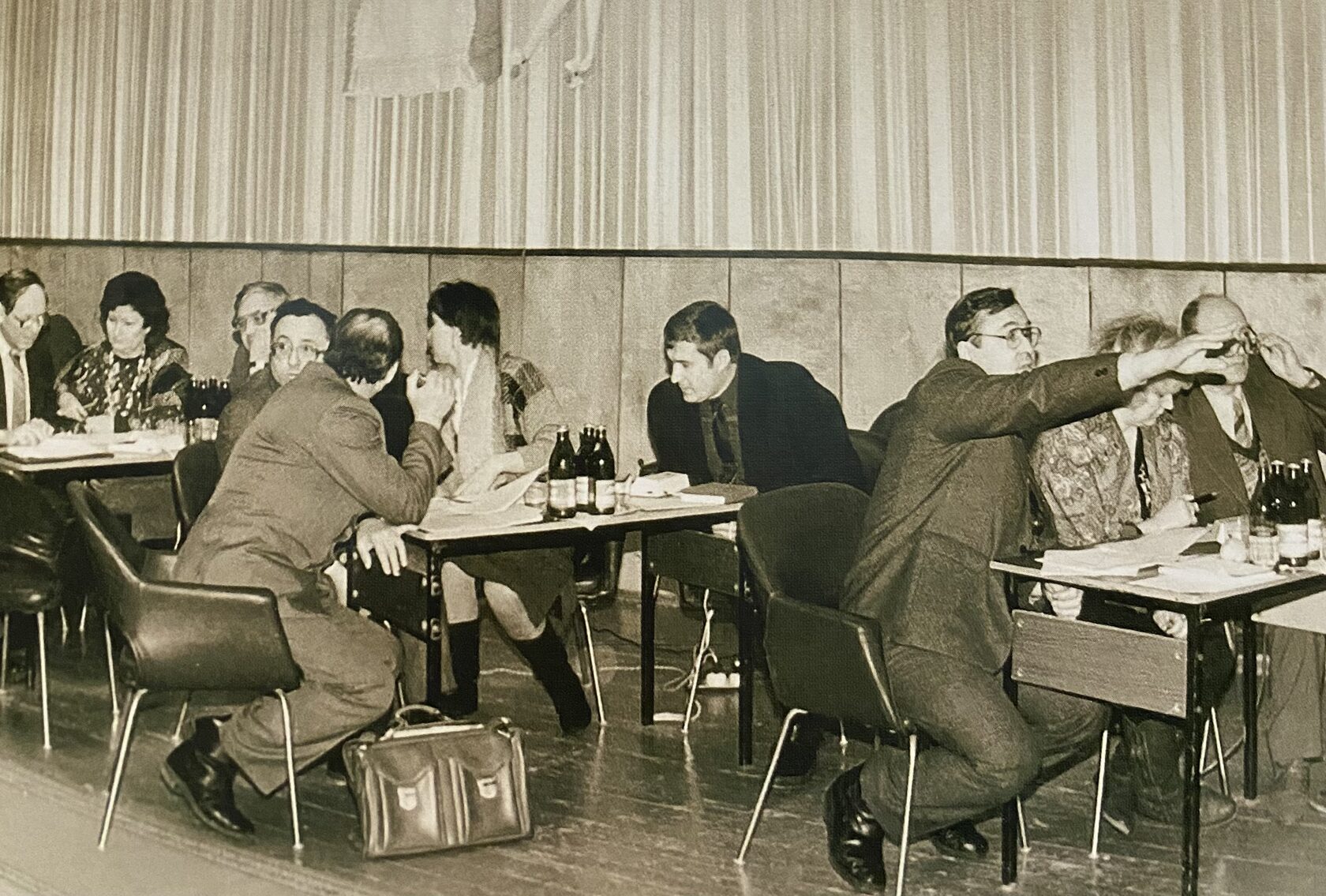
In April, new legal entity Azot KOAO is registered.
1993
New legal entity Azot KOAO
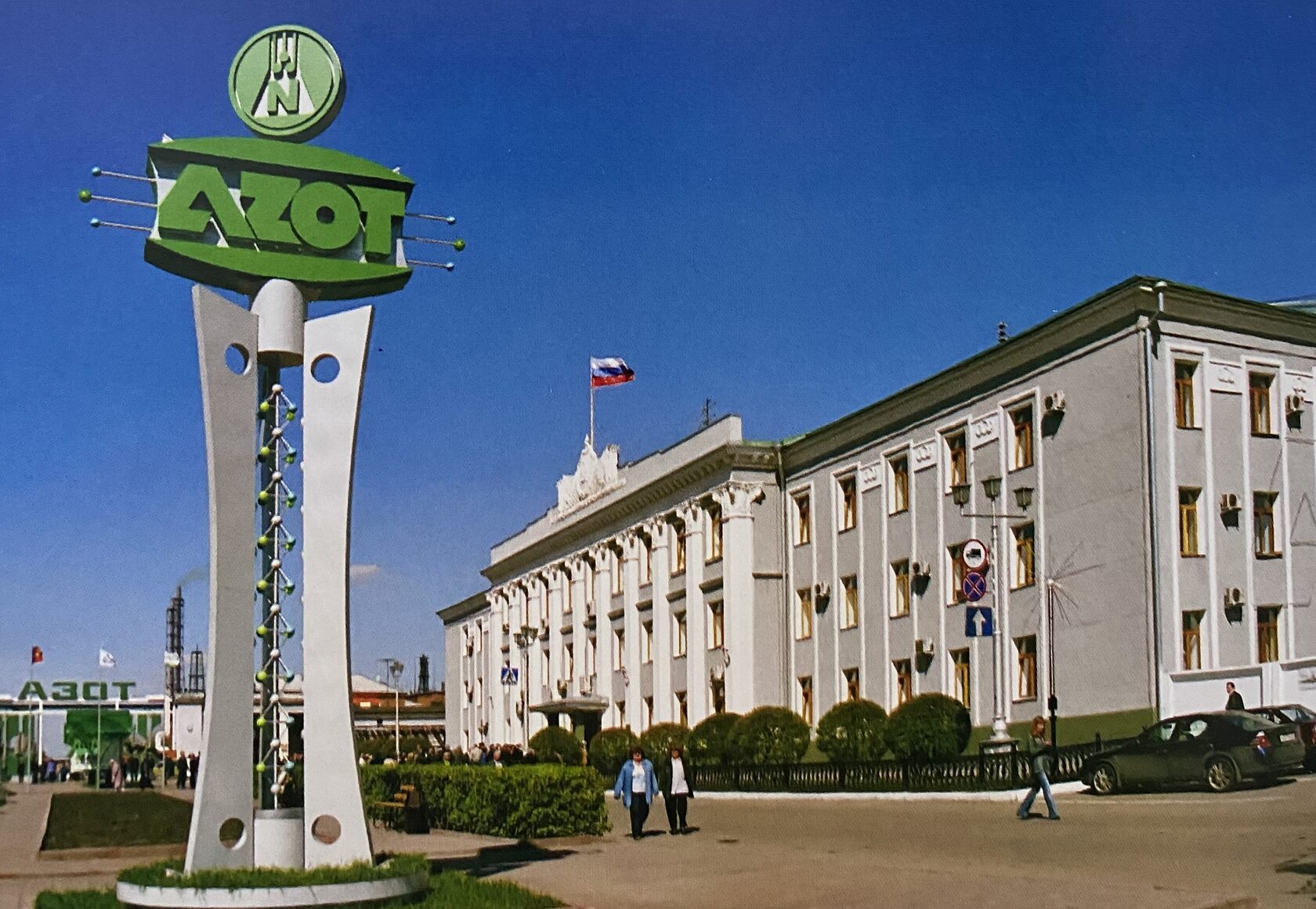
Crystalline ammonium sulfate packing unit is put in operation in the Ammonium Sulfate Plant 1, where ammonium sulfate is packed into large synthetic bags (big bags).
1994
Packing into large synthetic bags is started
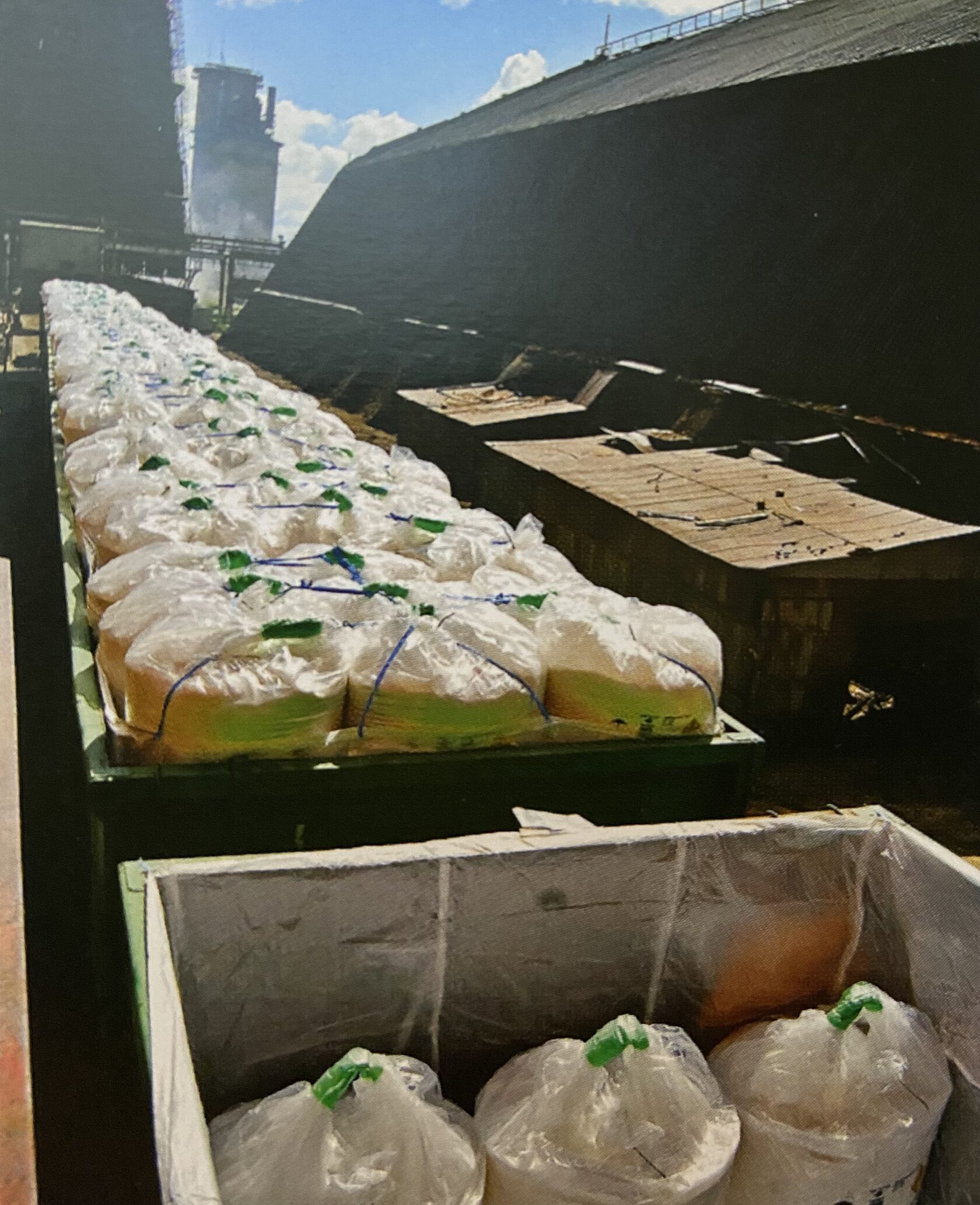
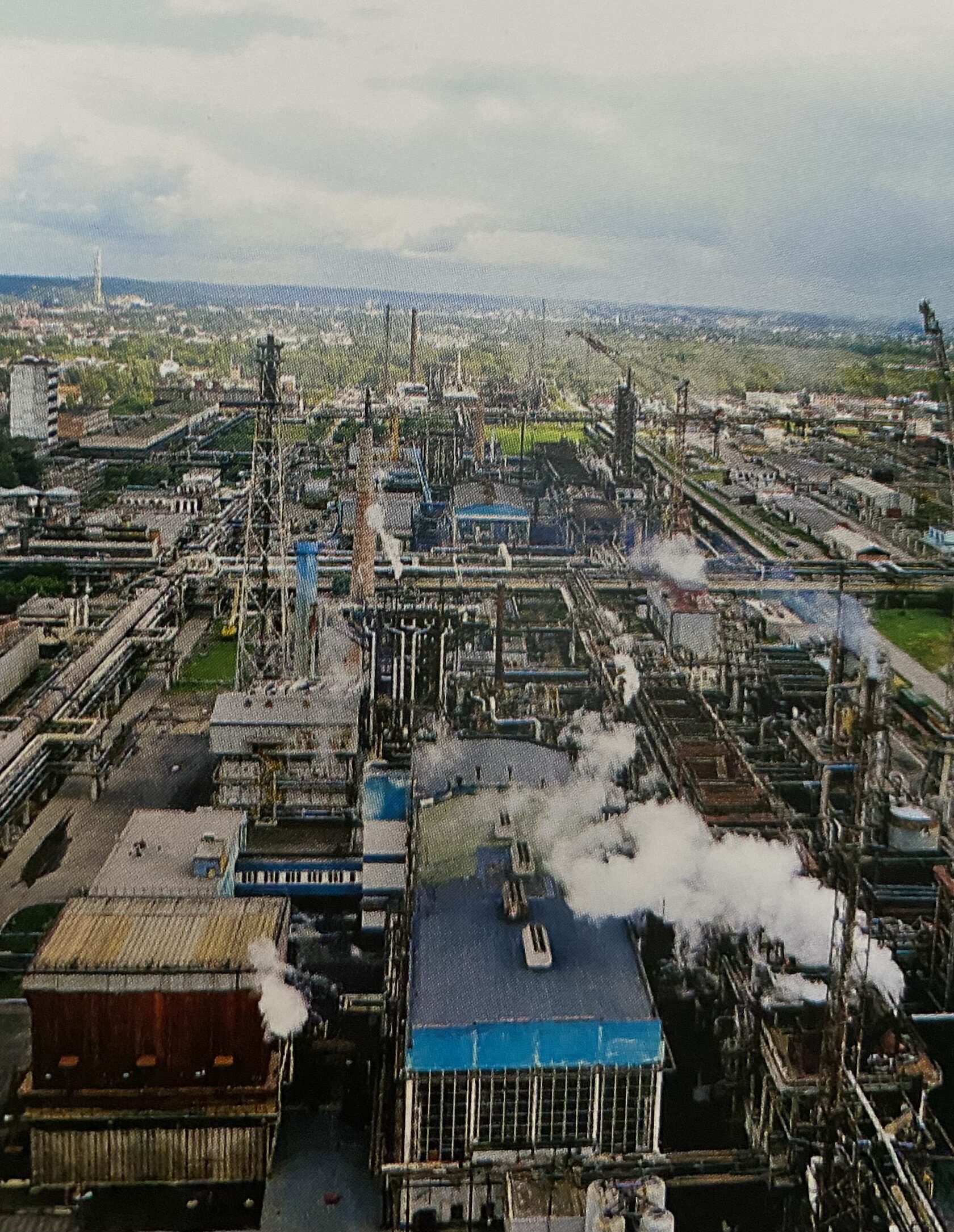
Sulfate/bisulfate tail gas purification unit starts operation at the Sulfur Acid Plant. Centralized Repair Shop No. 3 (CCR-3) is created.
From 1994 to 1996, Ammonia Plant 1 was retrofitted and repaired. At the end of the year, retrofitting of synthesis column of Ammonia Plant 2 is started.
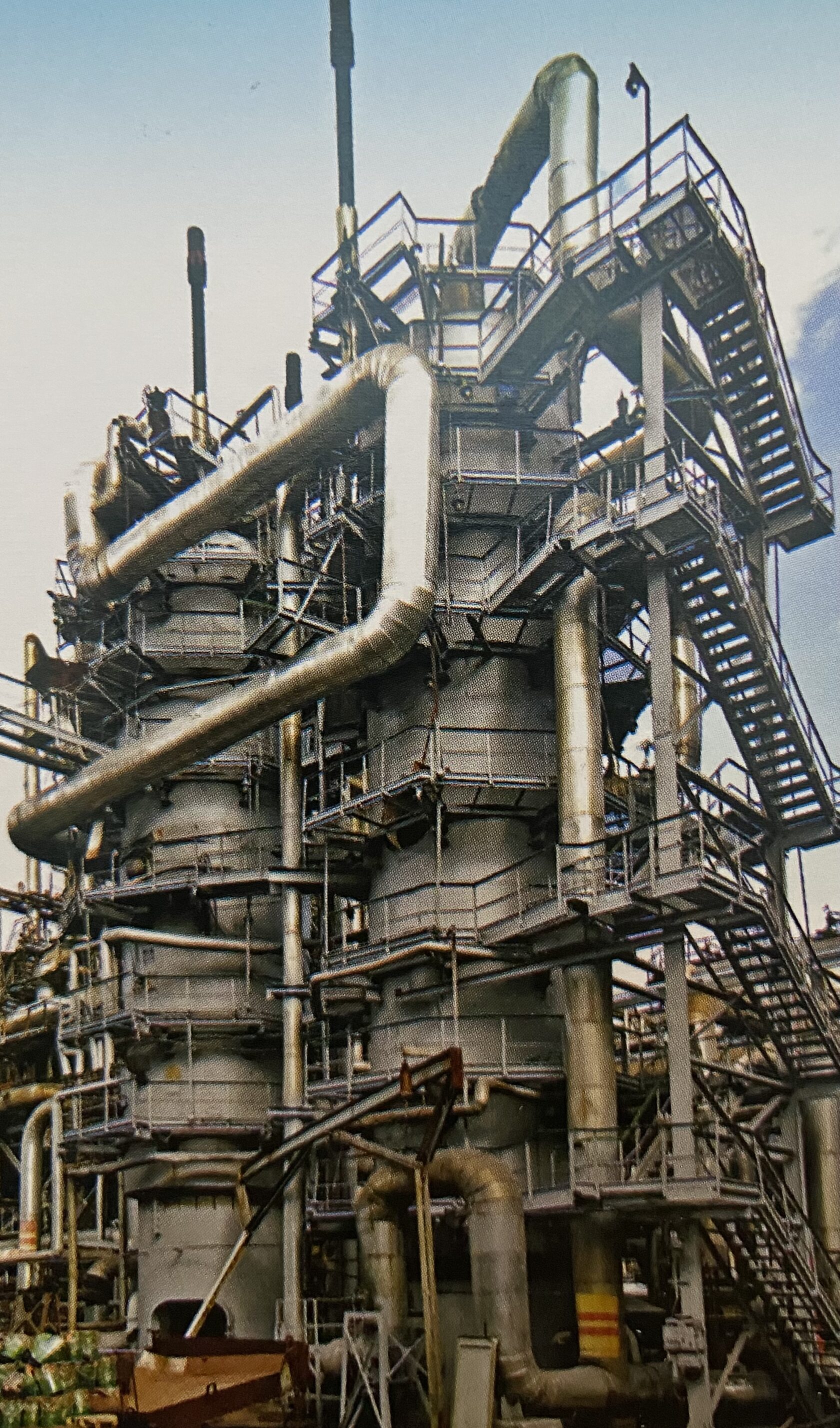
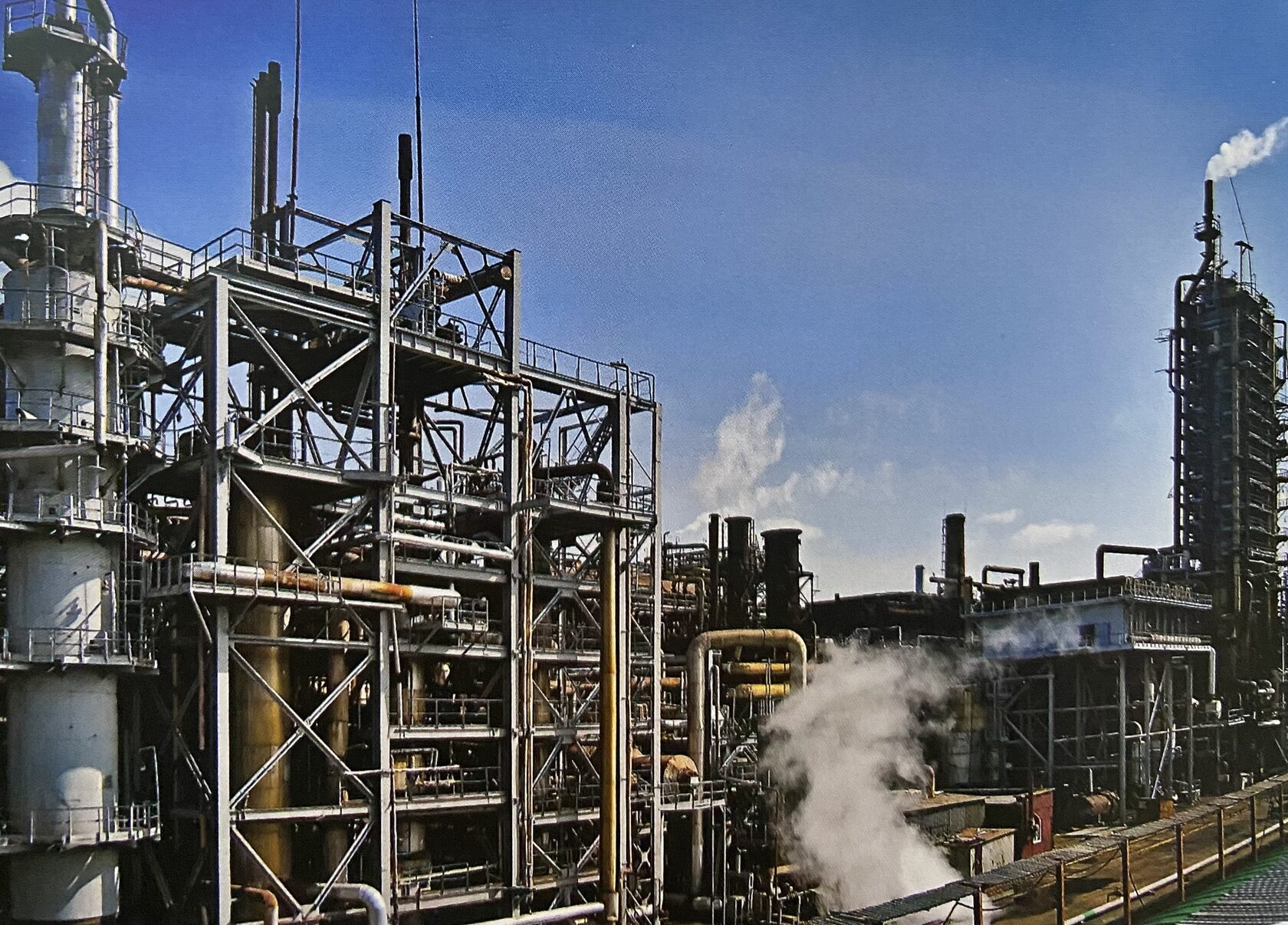
1996
Retrofitting of Ammonia Plant 1 and Ammonia Plant 2
1998
The enterprise has become a part of SIBUR Holding
By the decision of Arbitration Court of Kemerovo region on bankruptcy case, receivership procedure is introduced at Azot OAO.
The enterprise has become a part of SIBUR Holding.
Yet another retrofitting cycle is started at the enterprise.
- The target product is now packed into soft polyethylene containers (big bags).
- The problem of product caking during transportation is solved.
- On the basis of former plant No. 3, magnesium additive section is built in order to improve consumer properties of ammonium nitrate.
1999
Order of the Governor A. G. Tuleyev
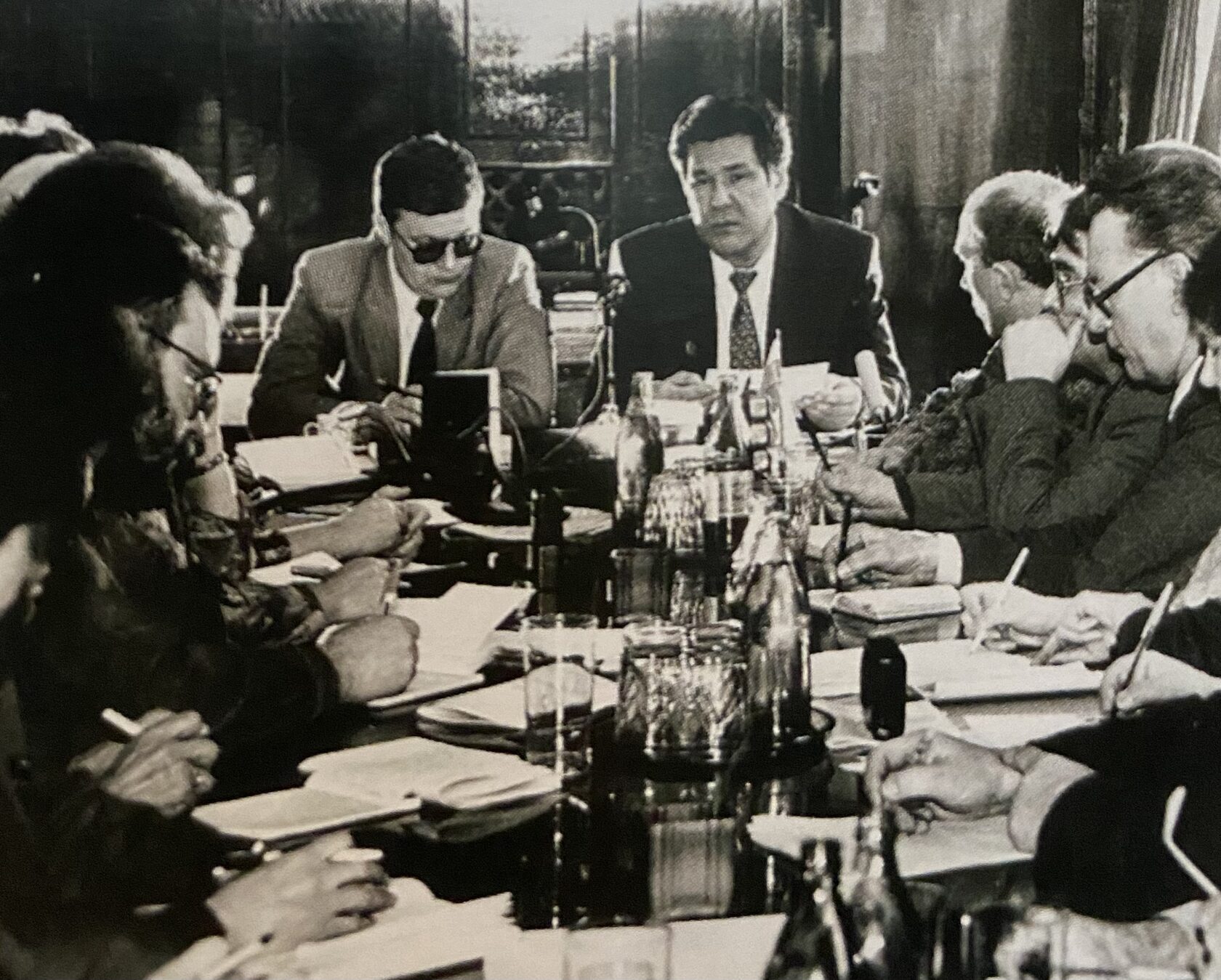
Under the Order of the Governor A. G. Tuleyev. Azot KOAO obtained a budgetary loan. Agreement is reached on consistent supply of primary raw material—natural gas. Prices and personnel salaries are increased as planned.
A decision is made to put the second Ammonium Nitrate Unit into operation (plant No. 13).
2001
Second Ammonium Nitrate Unit is put into operation
2002
Caprolactam Plants are merged
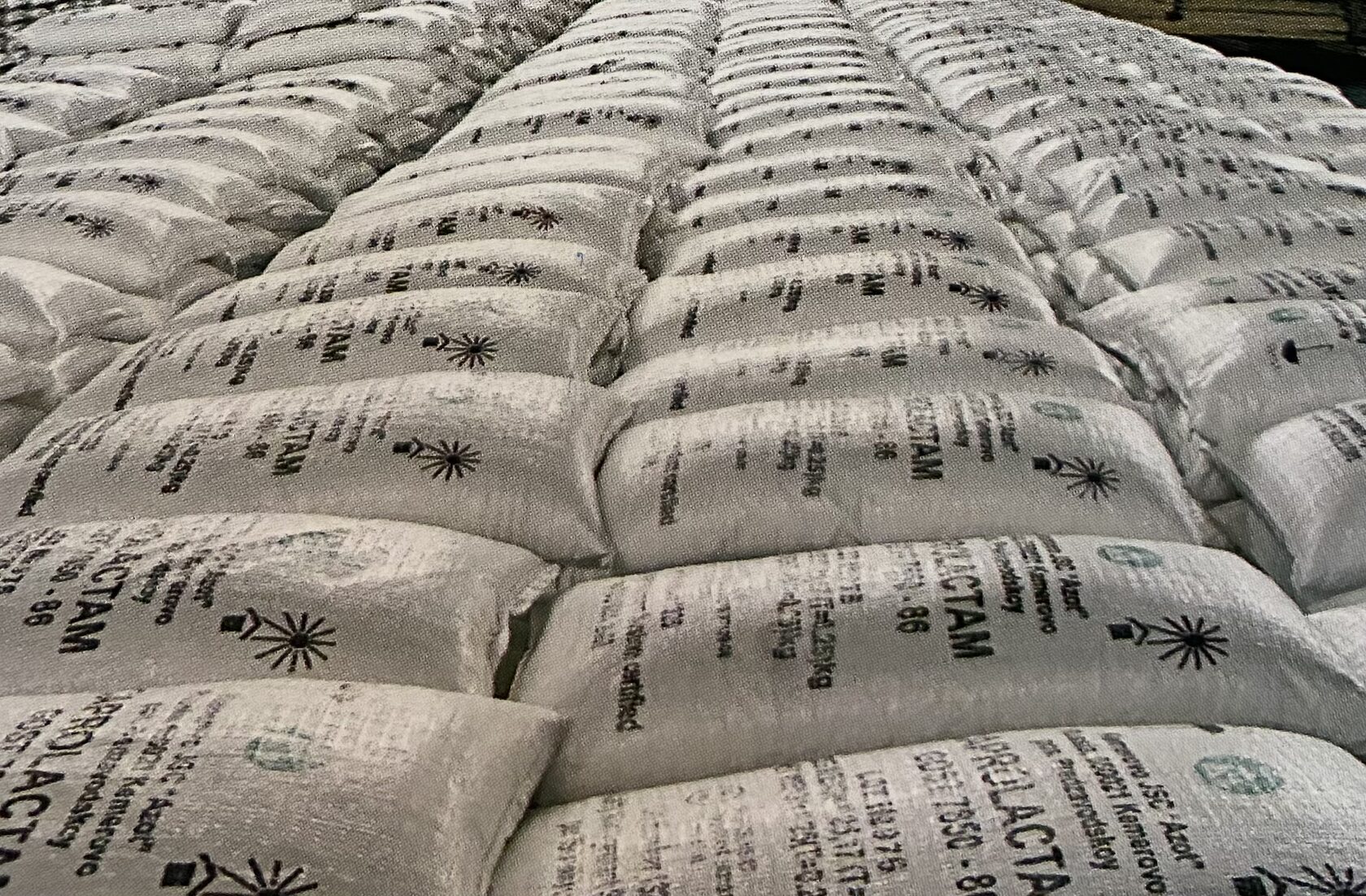
Works under the first stage of the investment program come to an end: new railroad weighing station is built, repair of Ammonia Plant 1, Ammonia Plant 2 and Urea Plant is completed.
2005
Repair of Ammonia Plant 1, Ammonia Plant 2 and Urea Plant is completed
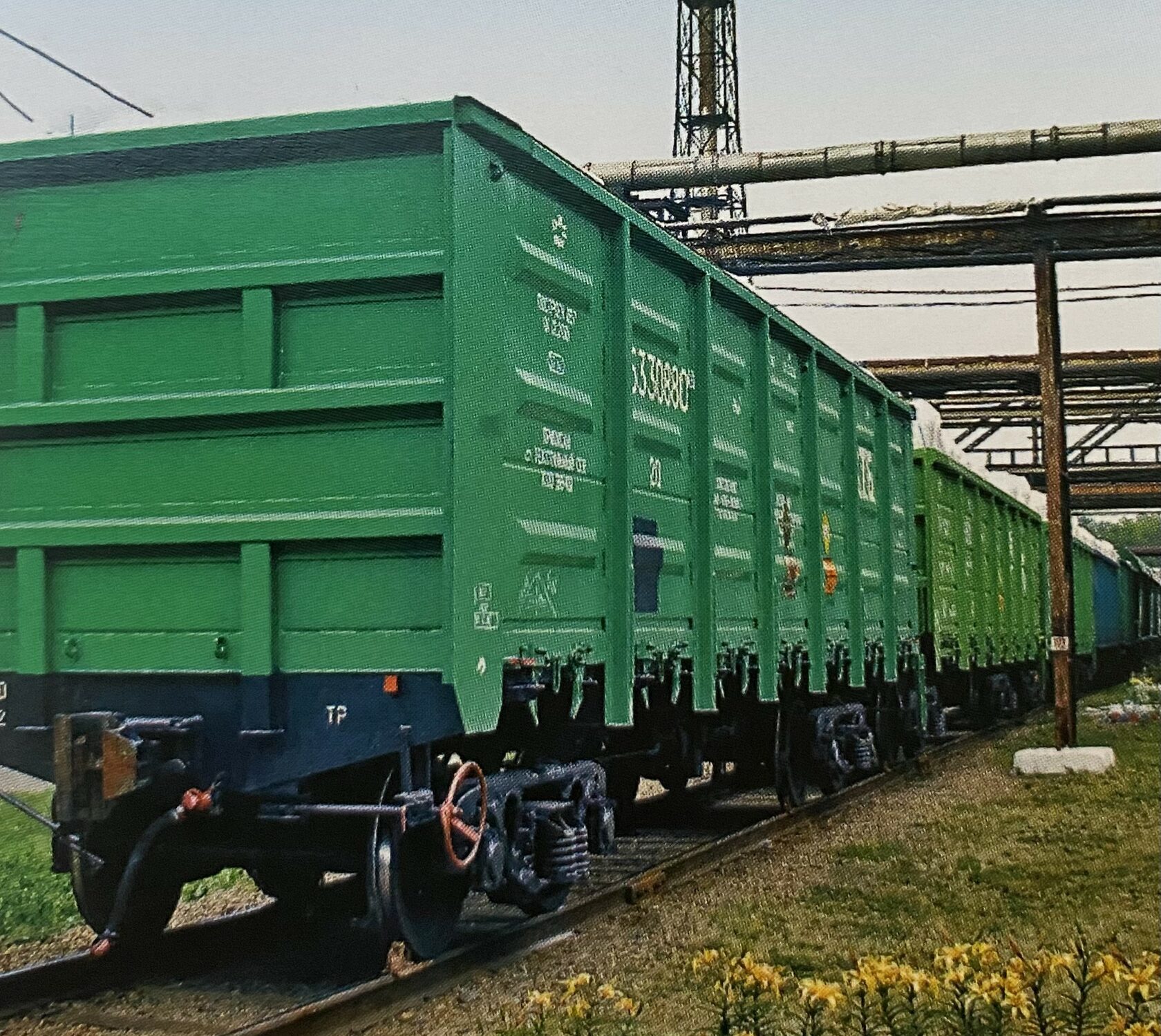
SIBUR—Mineralnye Udobreniya OAO is created. This is a 100% subsidiary of SIBUR Holding OAO that includes Azot OAO and Oeton OAO.
2006
SIBUR - Mineralnye Udobreniya OAO is created
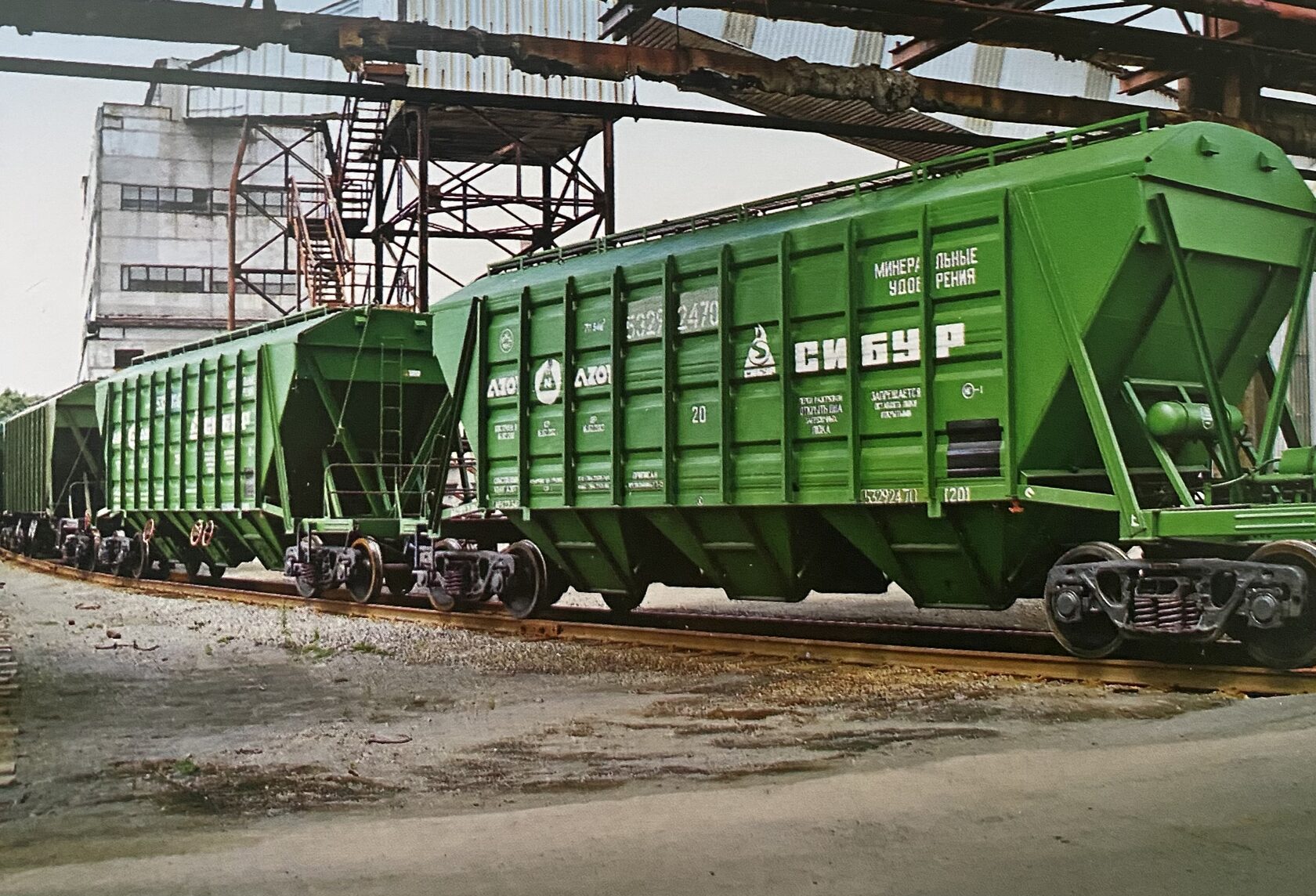
At the Caprolactam Plant of Azot KOAO, installation of crystallizer manufactured by Kemerovo plant Khimmash is completed to improve crystallization of final product at the Caprolactam Plant 2 from 1,700 to 3,200 TPA.
2007
Retrofitting of Caprolactam Plant is completed
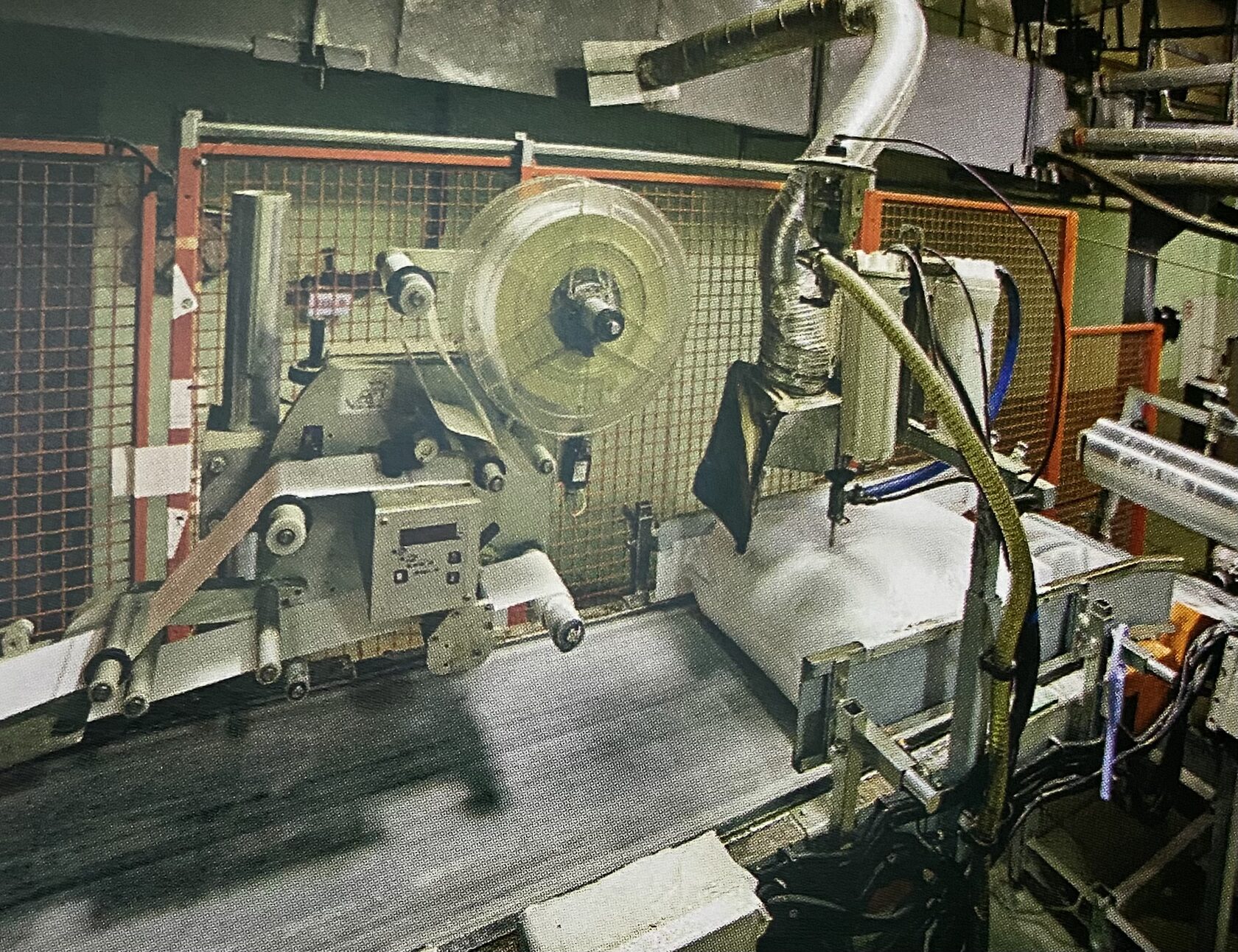
Construction of new hydrogen plant is commenced.
Packing line is installed. Now the product is packed into double bags and transported on Euro pallets.
Azot-Yokogawa Process Automation Center is opened in Kemerovo and agreement on cooperation is signed between Kemerovo company Azot OAO and Japanese company Yokogawa Electric.
2008
Azot-Yokogawa Process Automation Center is opened
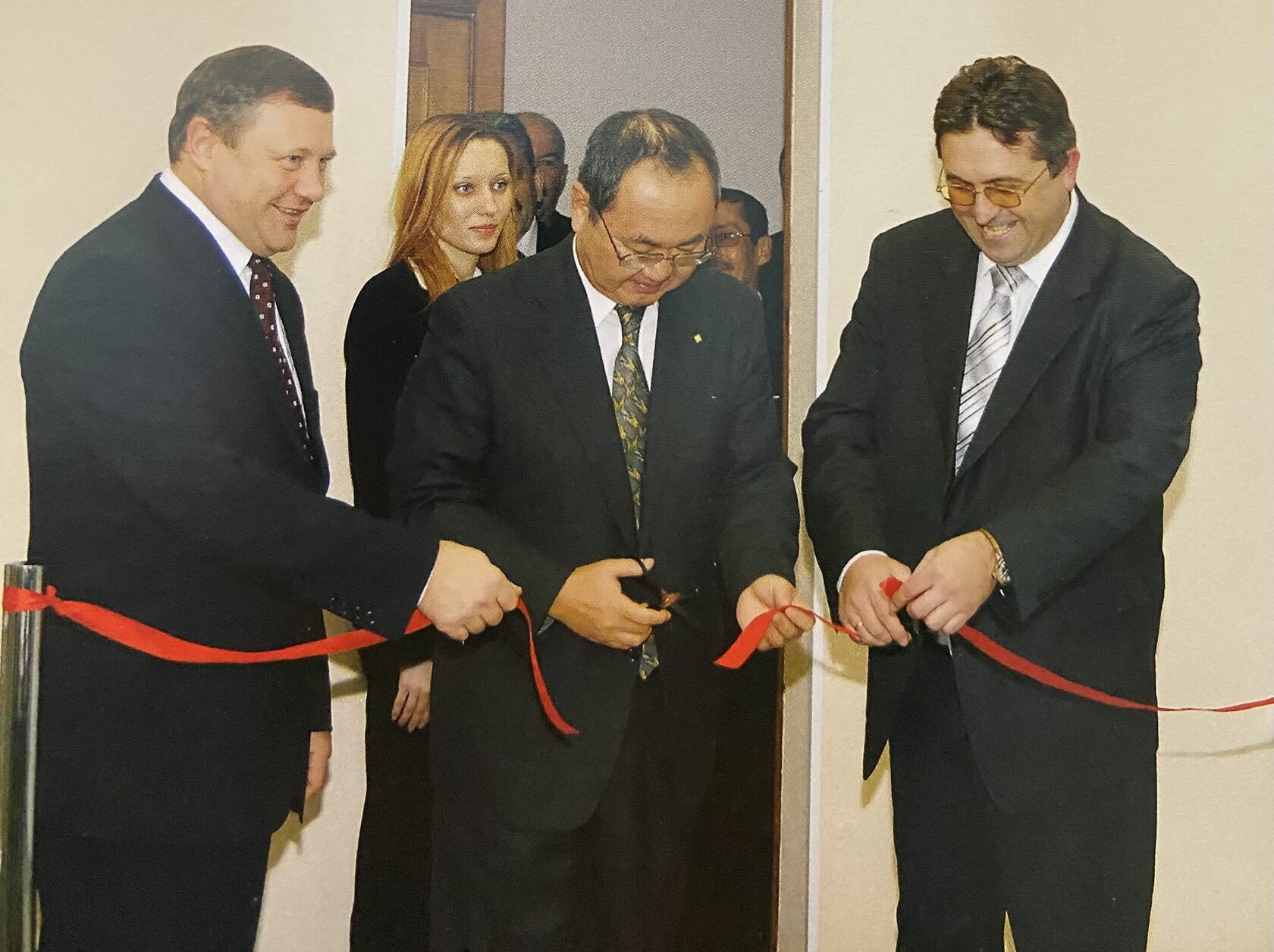
Implementation of large investment project for construction of container terminal is completed. Once the terminal was put into operation, the enterprise was enabled to form routes and send platforms with sea containers filled with crystalline caprolactam directly to end consumers at its own discretion.
2010
Construction of container terminal is completed
Based on June 2010 results, the large capacity unit of the Ammonia Plant 2 of Kemerovo Azot OAO has become the best of all 37 ammonia units in Russia and CIS in terms of product output.
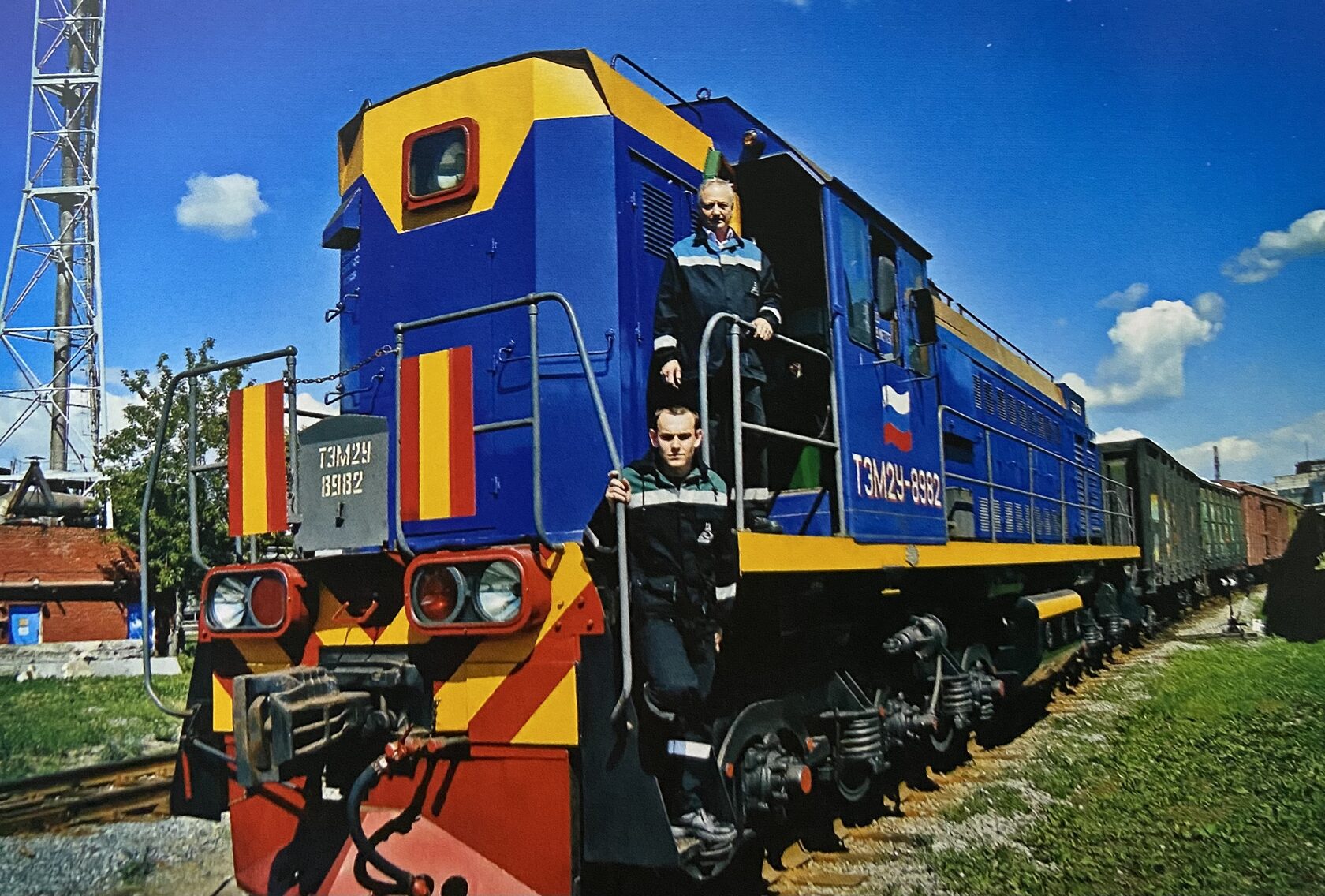
In January, SDS Holding Company ZAO was left the only shareholder of SIBUR-Mineralnye Udobreniya OAO. A decision was made to rename the Company to SDS Azot OAO.
2012
Renamed to SDS Azot OAO
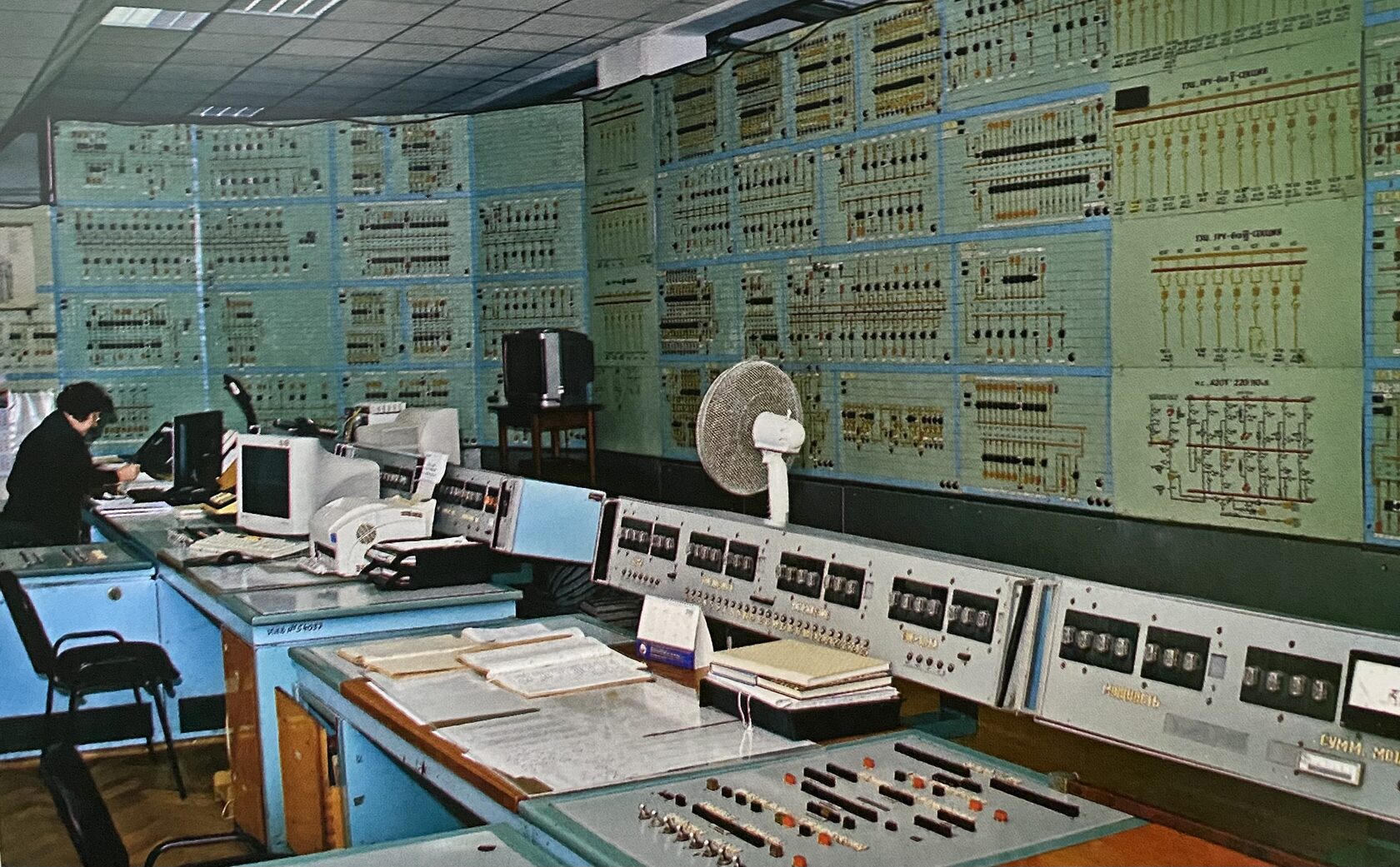
Ultraviolet waste water disinfection unit is put into service. This unit can eliminate up to 99% of hazardous microflora in 3 to 5 minutes. Now all waste water from the left bank side of Kemerovo is disinfected by Kemerovo company Azot.
2014
Ultraviolet waste water disinfection unit is put into service
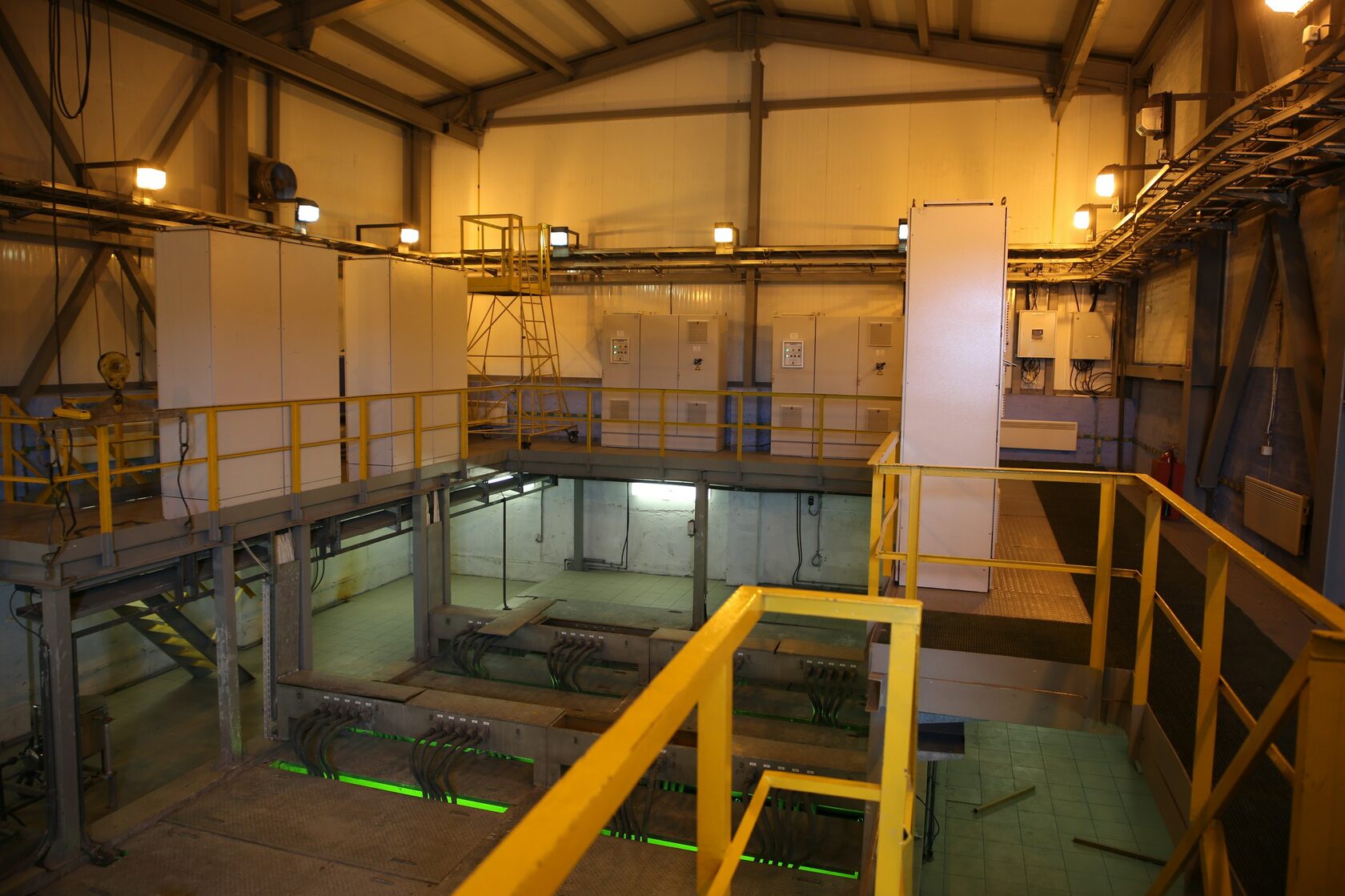
The Azot Kemerovo Open Joint-Stock Company is reorganized into Azot Kemerovo Joint-Stock Company due to changes in legislation.
2015
Renamed to Azot Kemerovo Joint-Stock Company
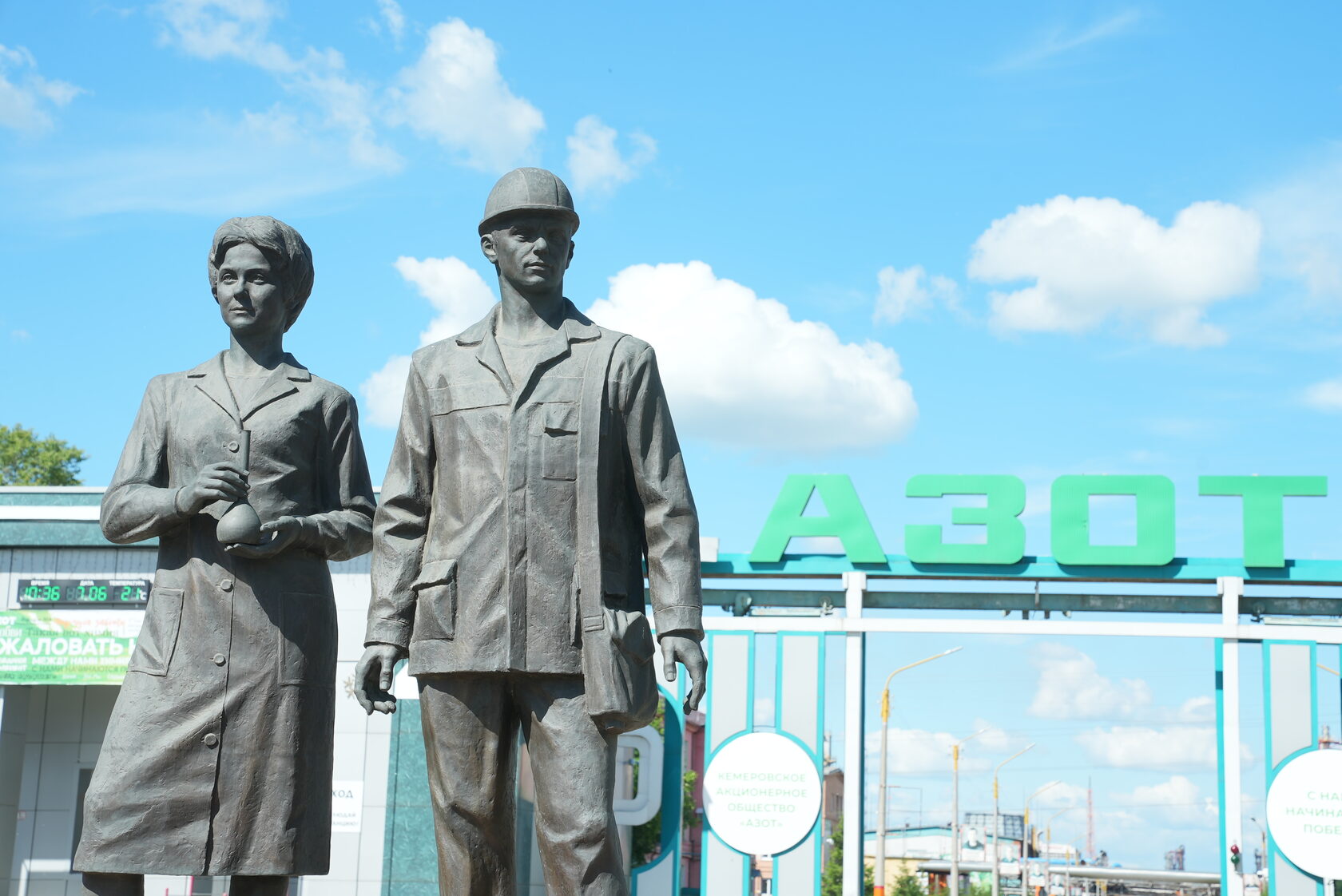
400 KTPA liquid fertilizer plant (for Urea Ammonium Nitrate) is arranged.
2017
Tsentr peredovogo zemledeliya OOO incorporated
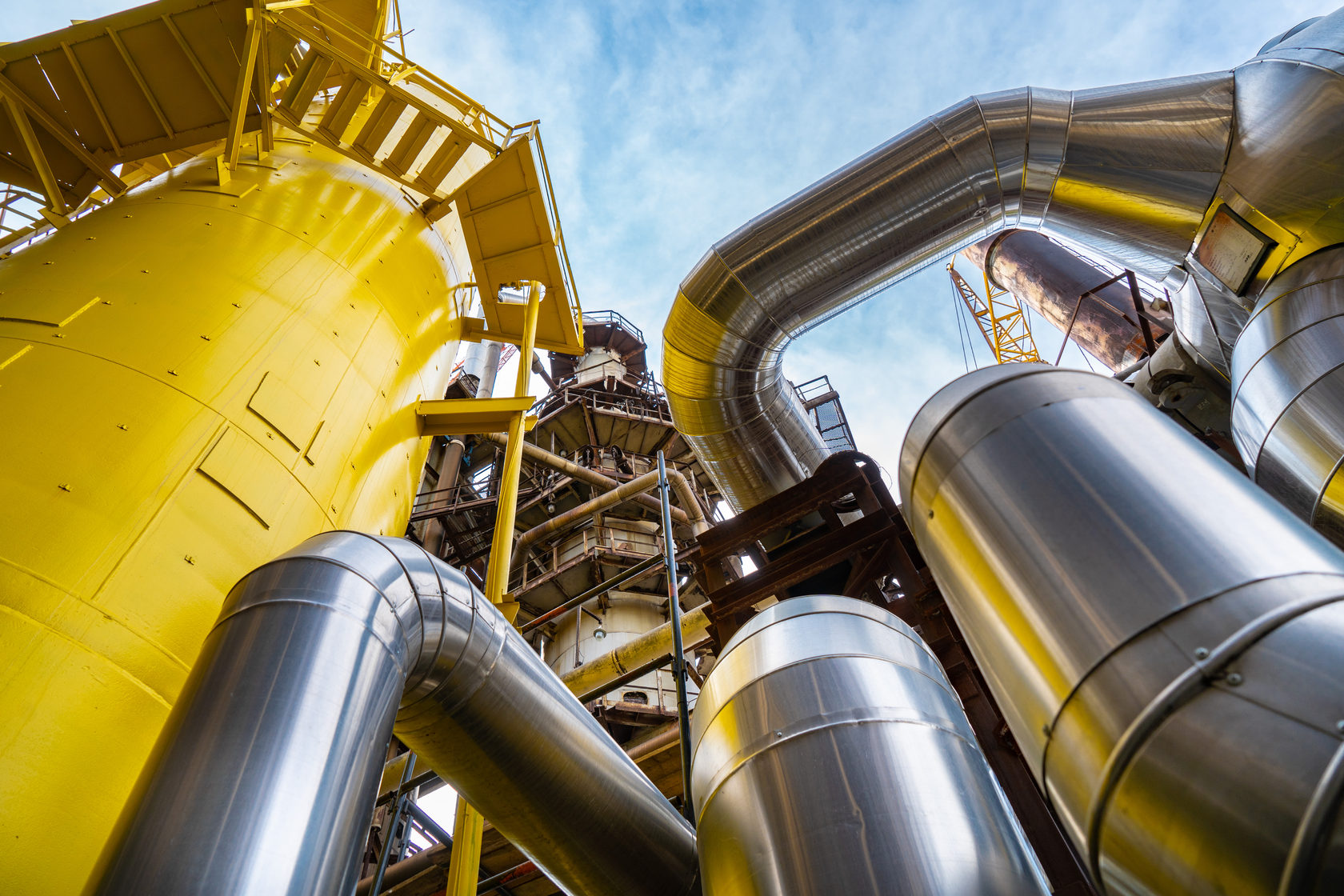
On 17 March 2017 a new legal entity—Tsentr peredovogo zemledeliya OOO—was incorporated. Its main activity is integrated provision of advanced solutions to the farmers at each process stage.
Plant-growing business in Kemerovo district as pilot and demonstration site for farmers in order to spread advanced farming experience. From 2020 to 2022, one of the best crop yields in Kuzbass is reached.
2019
Azot-Agro OOO is created
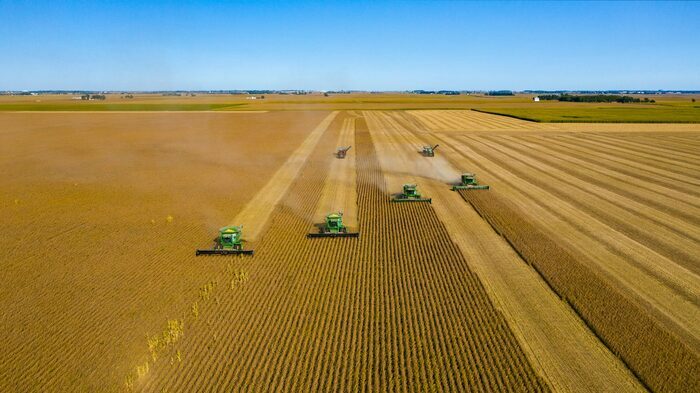
The following was put into operation step by step:
- Nitric Acid Unit with capacity of 500 TPD monohydrate at the plant No. 15 based on process provided by KBR (USA).
- Hydrogen Unit operating on natural gas based on process provided by Linde AG (Germany).
- Ammonium nitrate neutralization and concentration section of Ammonium Nitrate Plant No. 13.
2021
Implementation of Project “Retrofitting and Upgrade of Mineral Fertilizer Plant with Increase in Nitric Acid and Ammonium Nitrate Output”
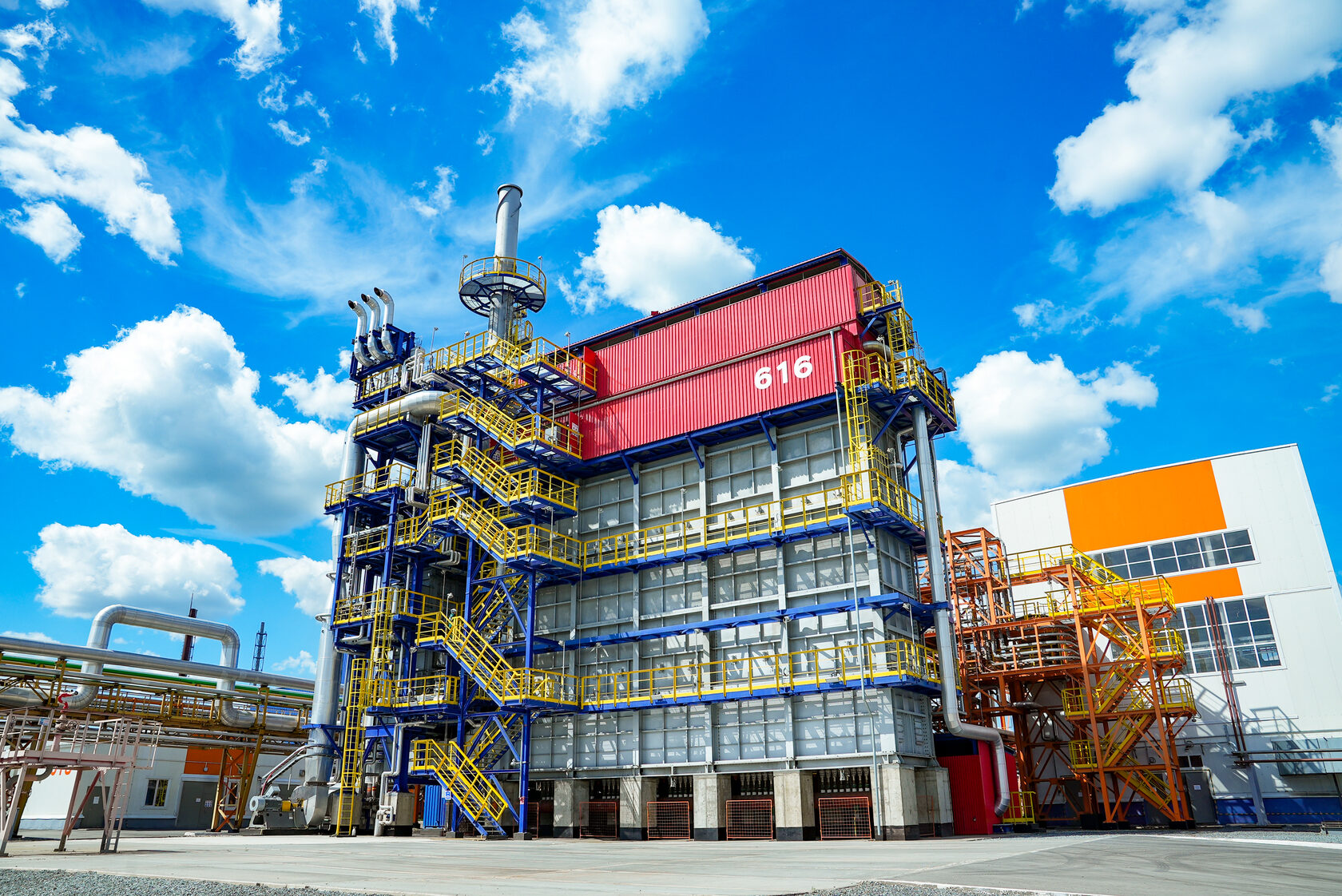
In February, by the decision of unscheduled general meeting of shareholders of SDS Azot AO, the company was renamed to Azot Group Joint-Stock Company.
2022
Renamed to Azot Group Joint-Stock Company
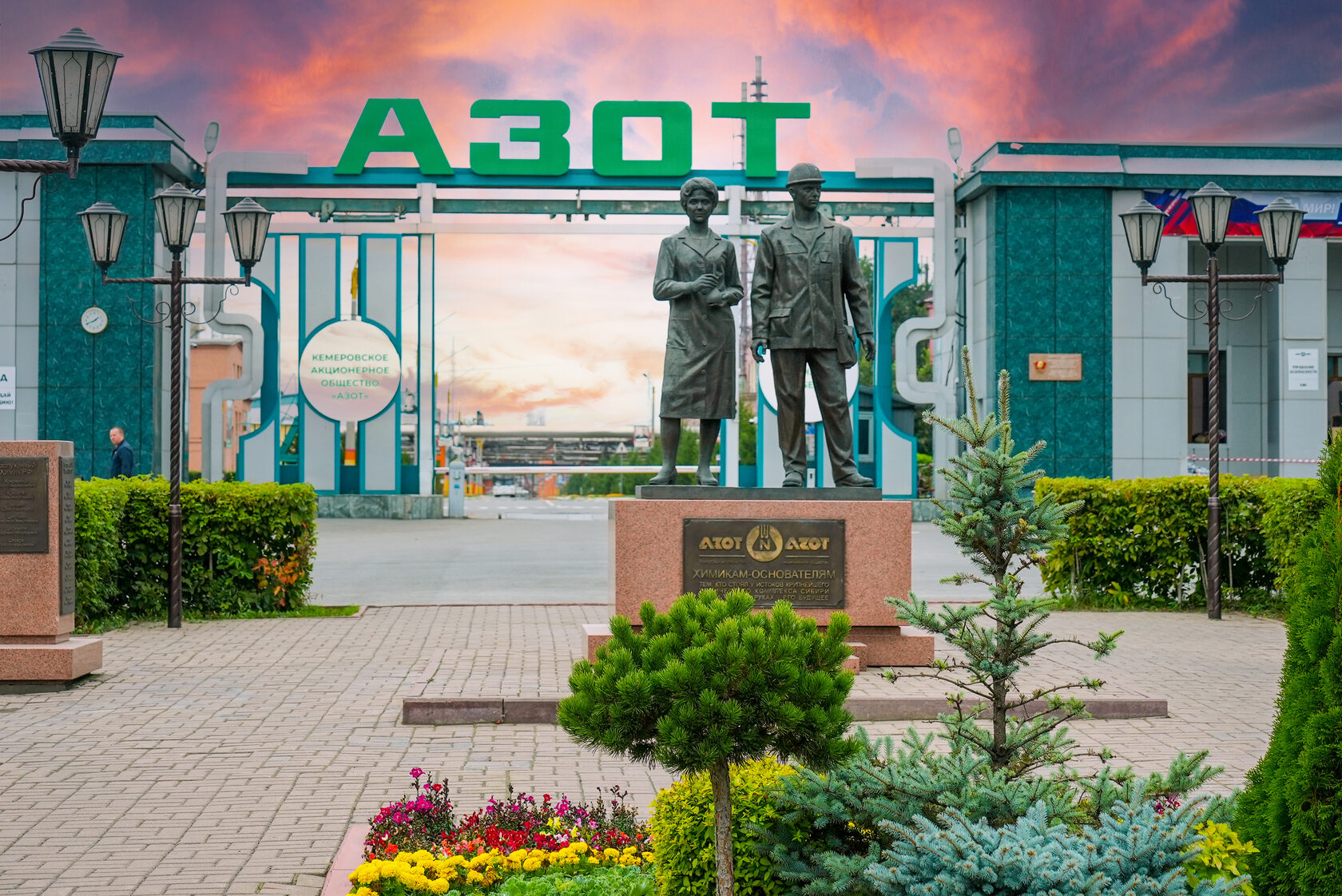
As a part of import phase-out program, R&D Center is created on the basis of the Mechanical Repair Shop of Azot KAO. Out of spare part manufacturing workshop, it has turned into the fully integrated plant: all required spare parts and equipment can be manufactured here based on drawings and specifications.
Azot’s subsidiary has become the first resident of the Kuzbass special economic zone. Azot-2 OOO signed an agreement with Kuzbass Government on performance of industrial activity within the special industrial economic zone Kuzbass. In accordance with the project, 250 KTPA Granular Ammonium Sulfate Units and 50 KTPA Modular Liquid Carbon Dioxide Unit will be built at Azot KAO site until 2025.
2023
Azot-2 OOO has become a resident of Kuzbass special economic zone
